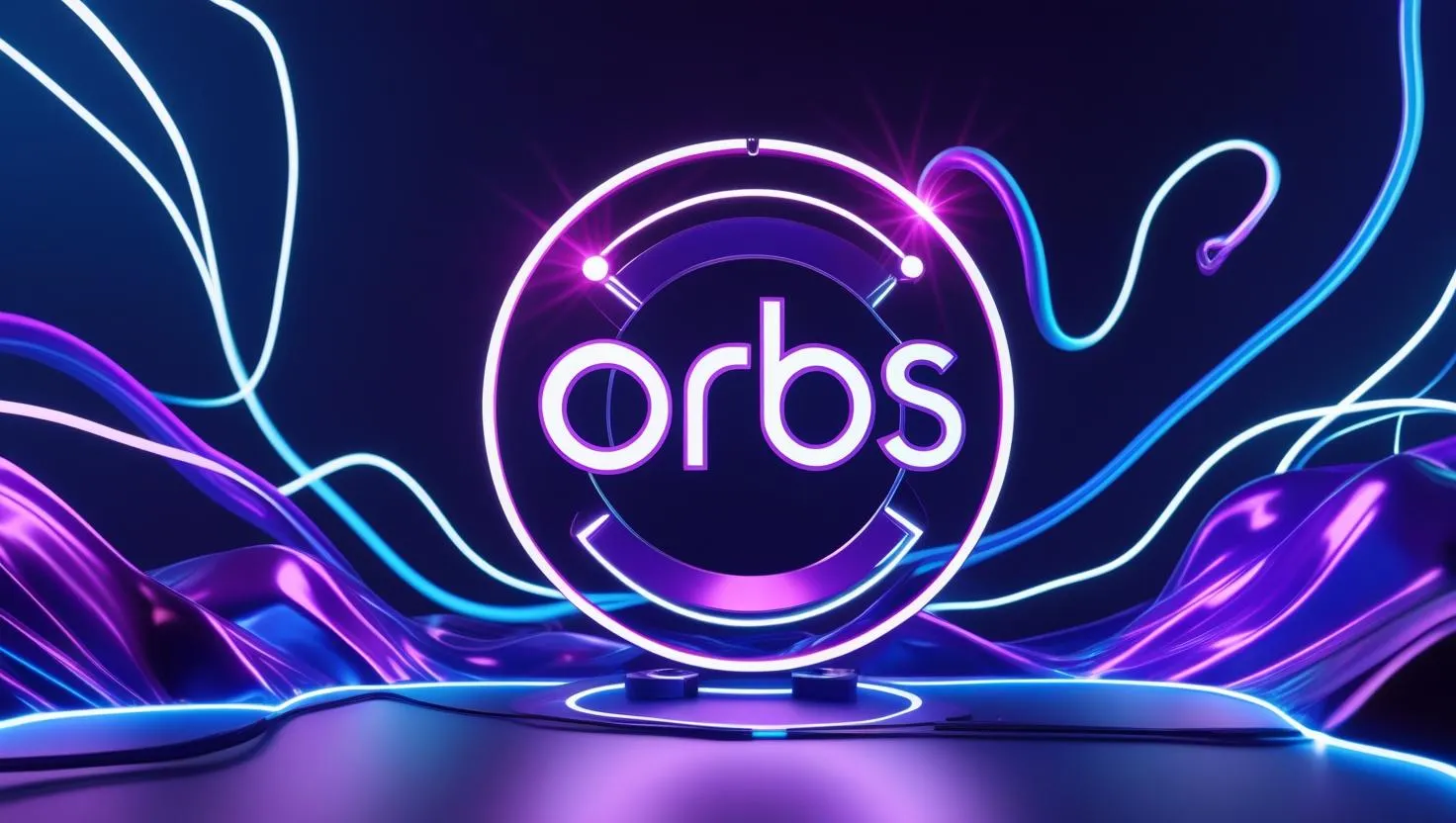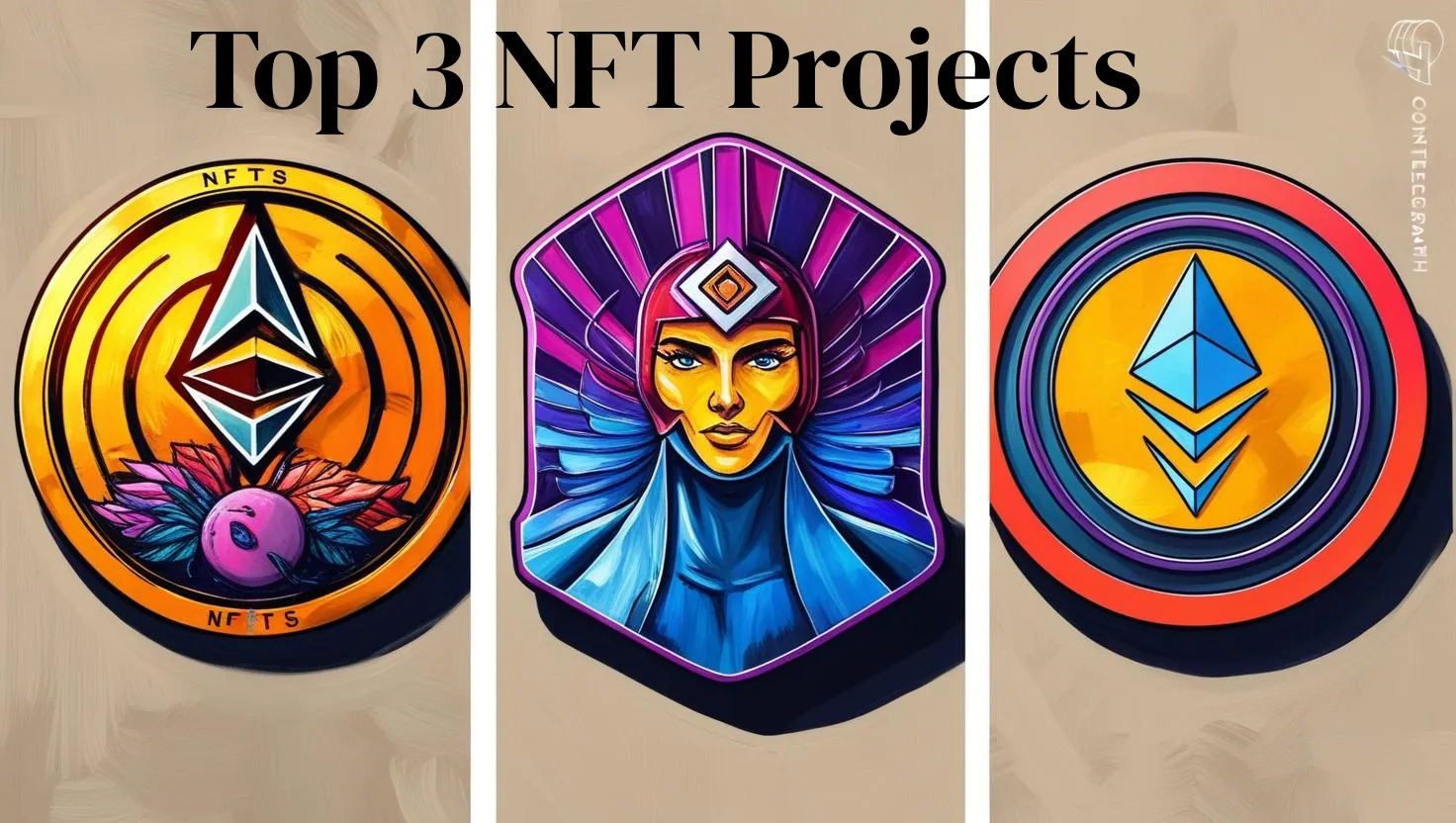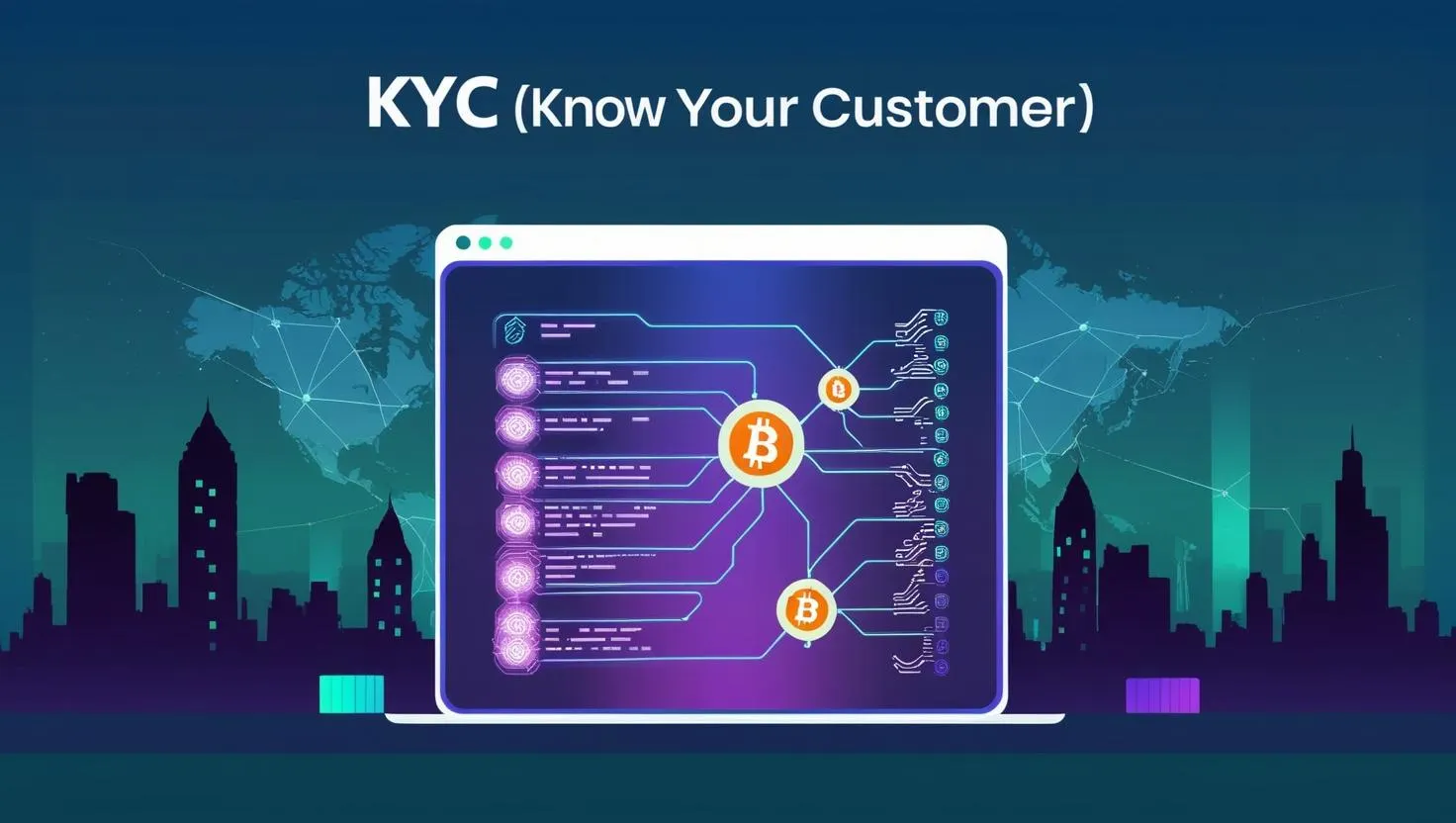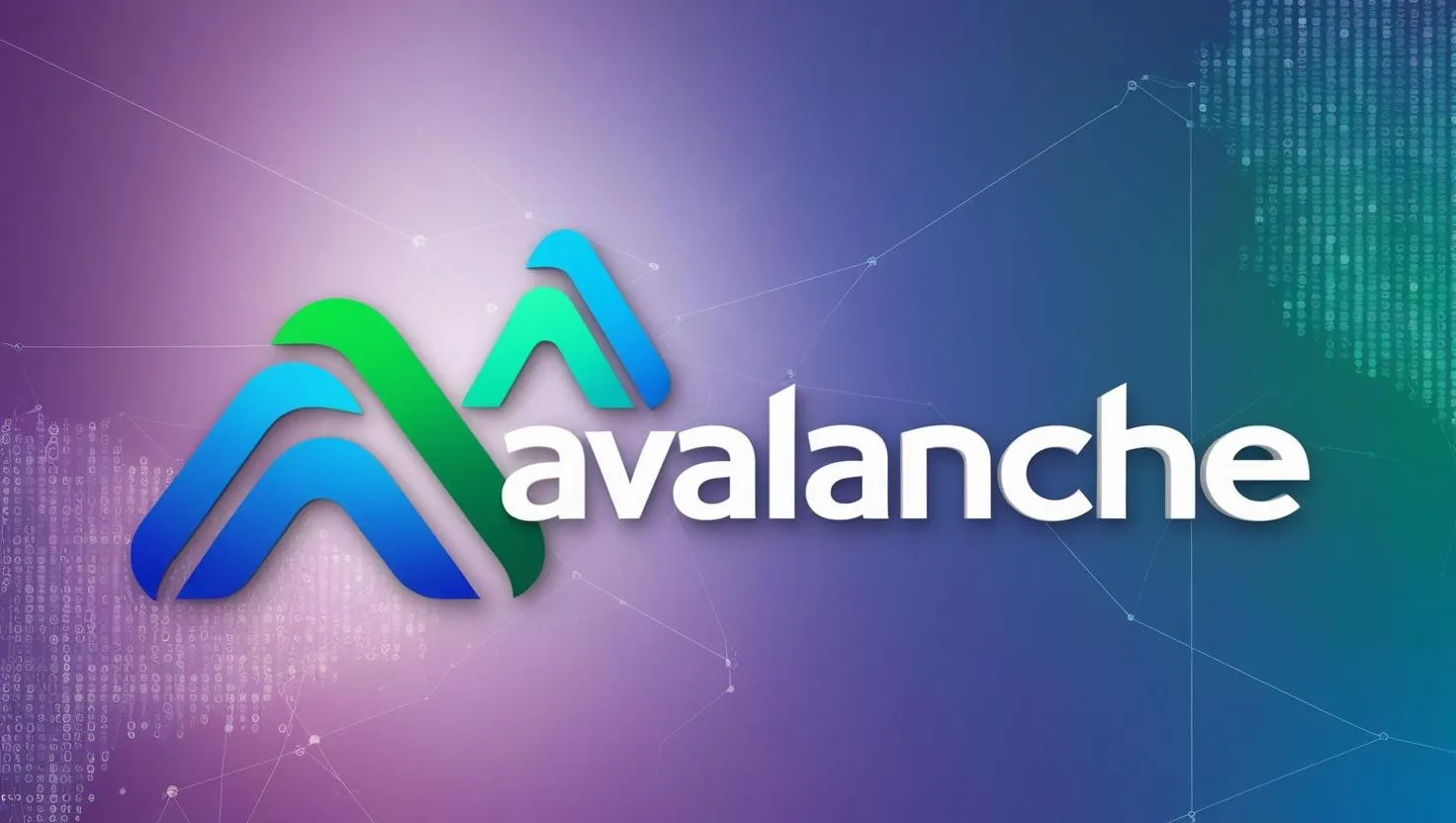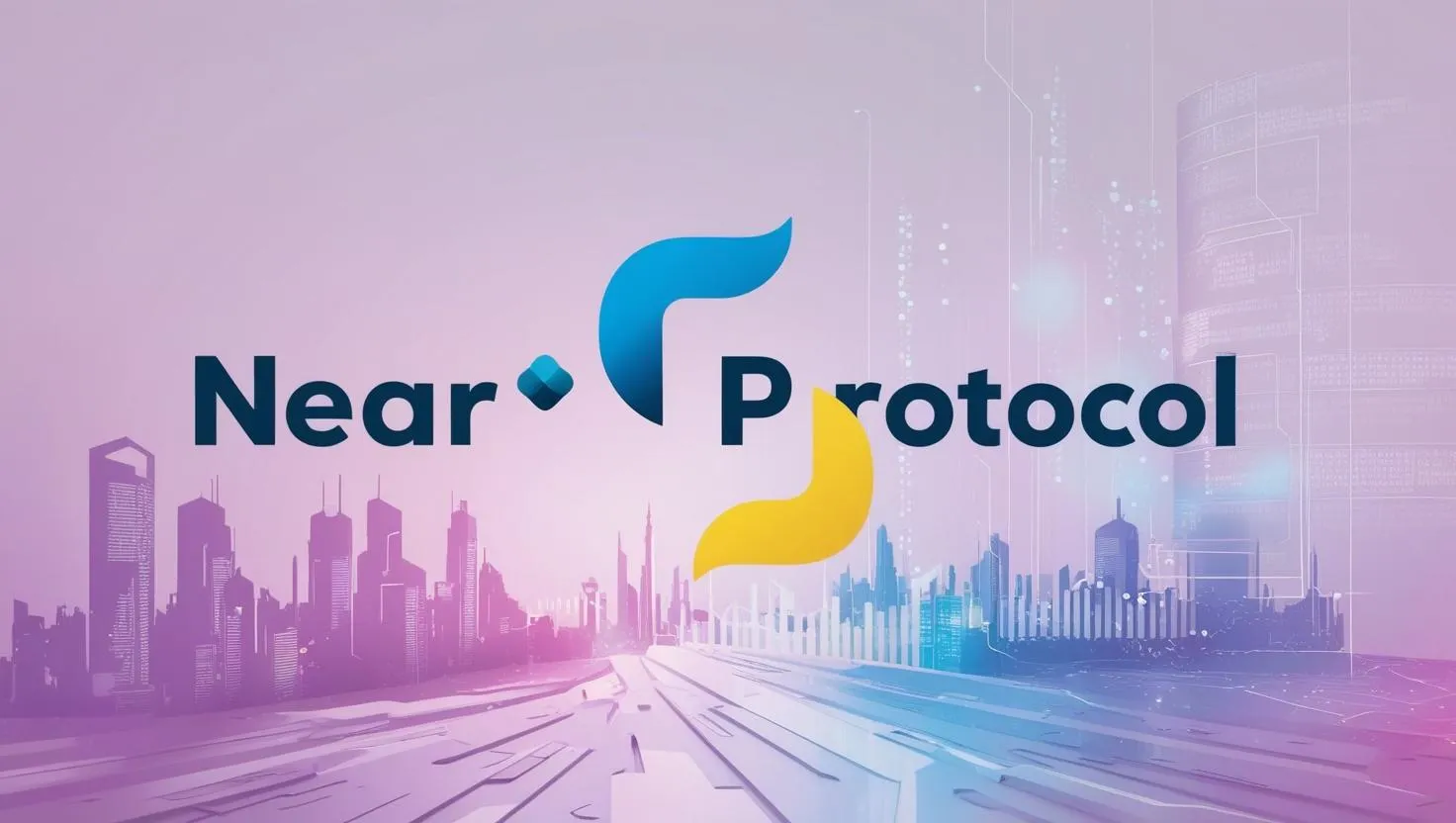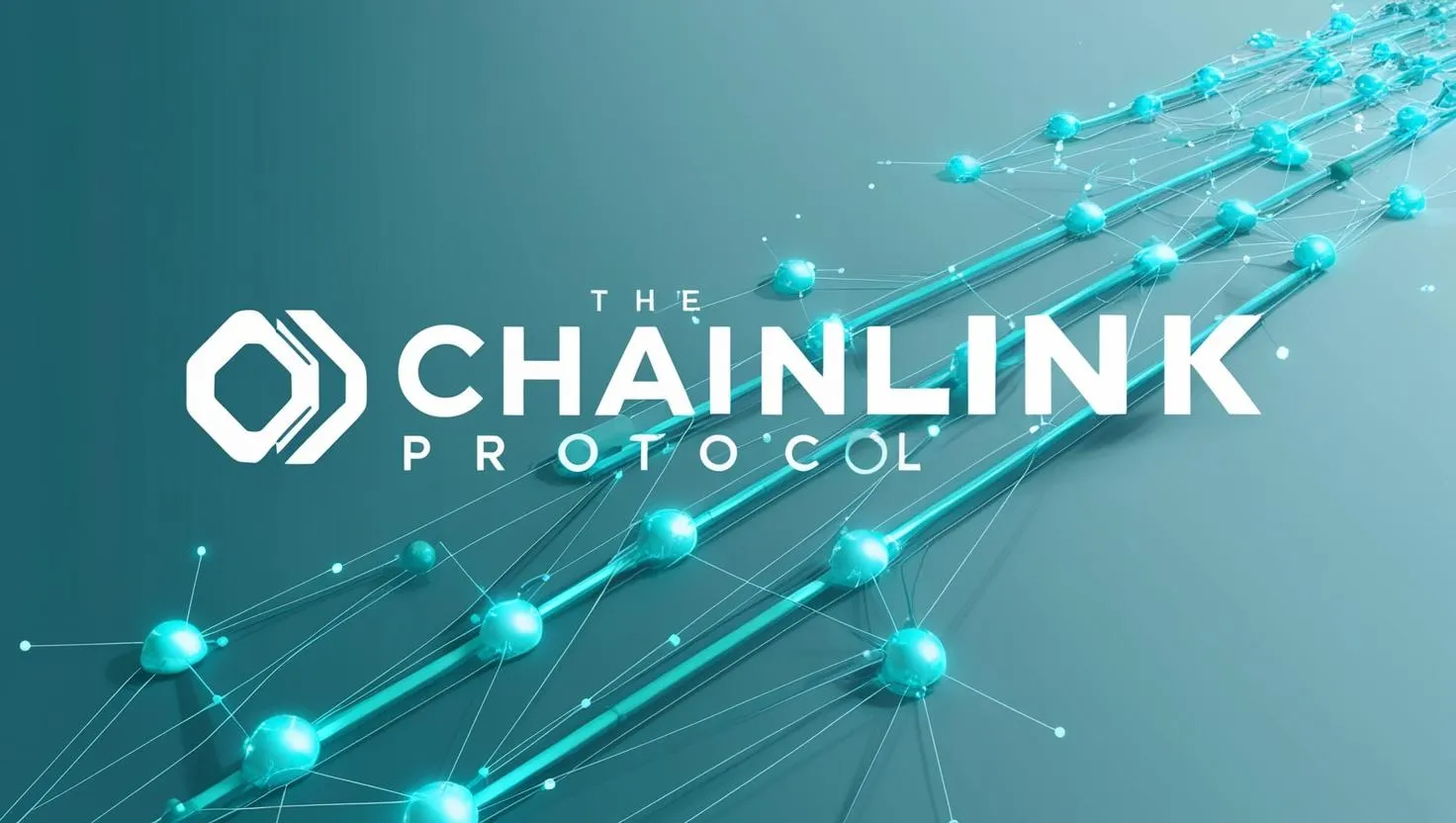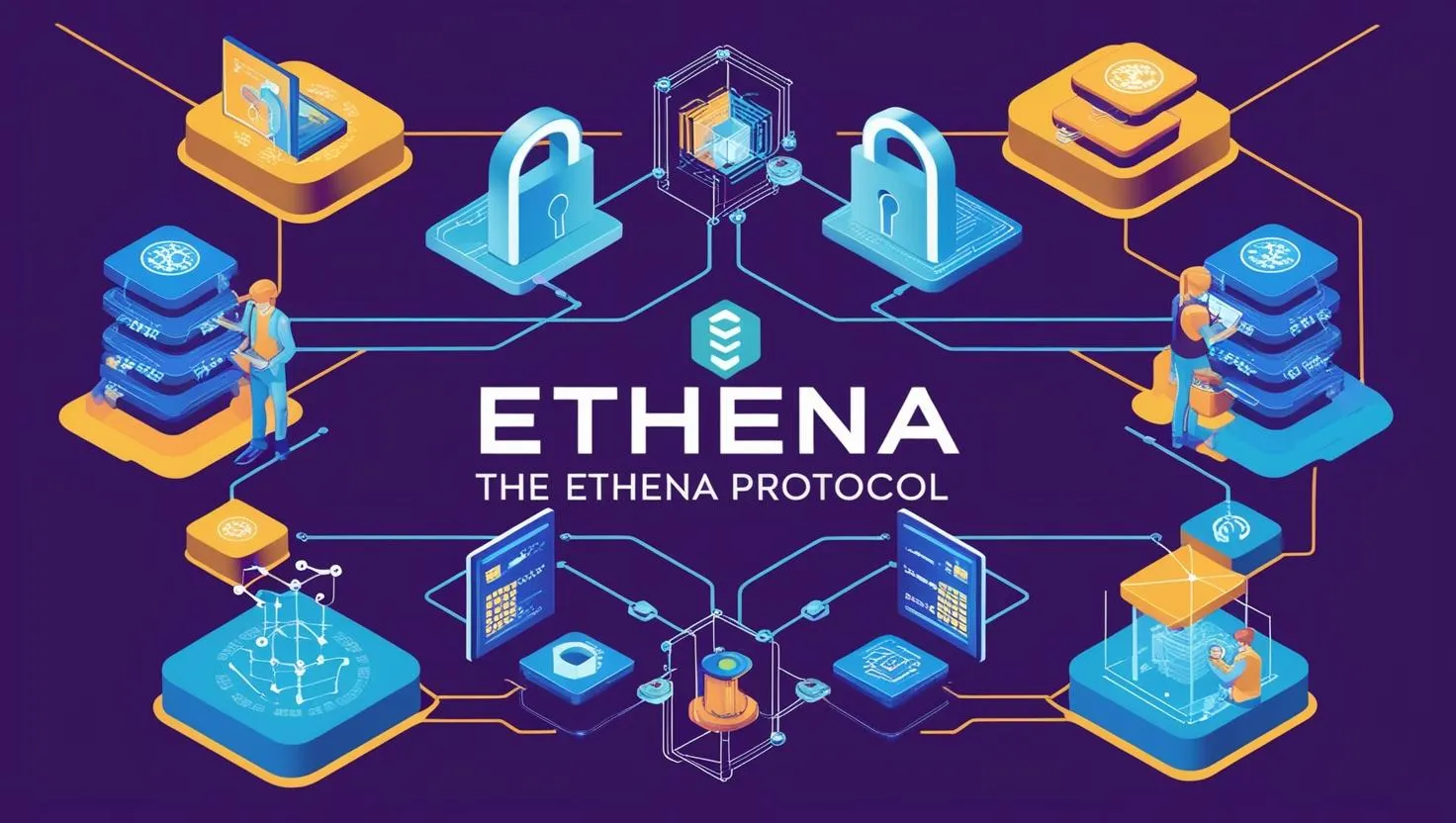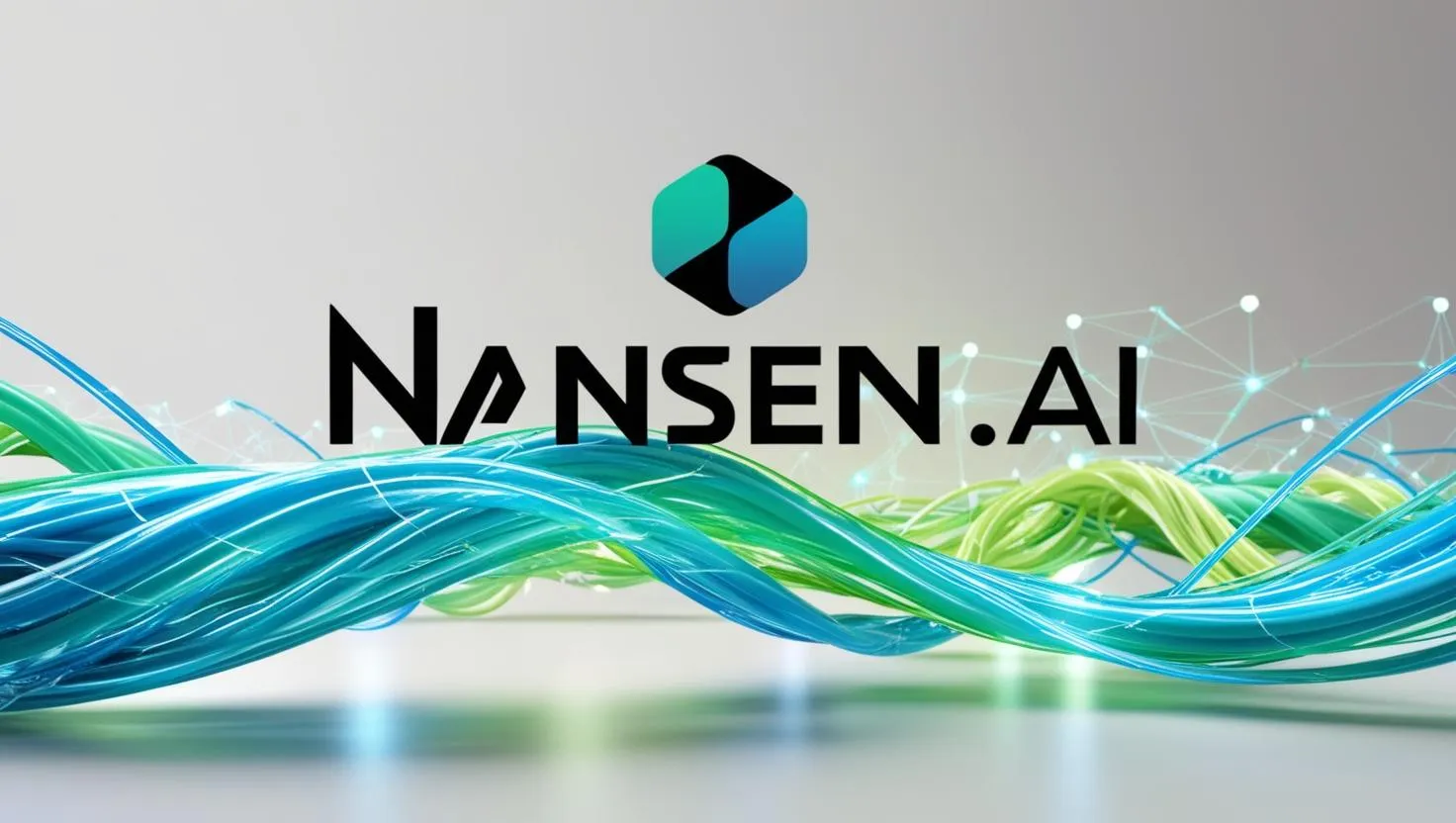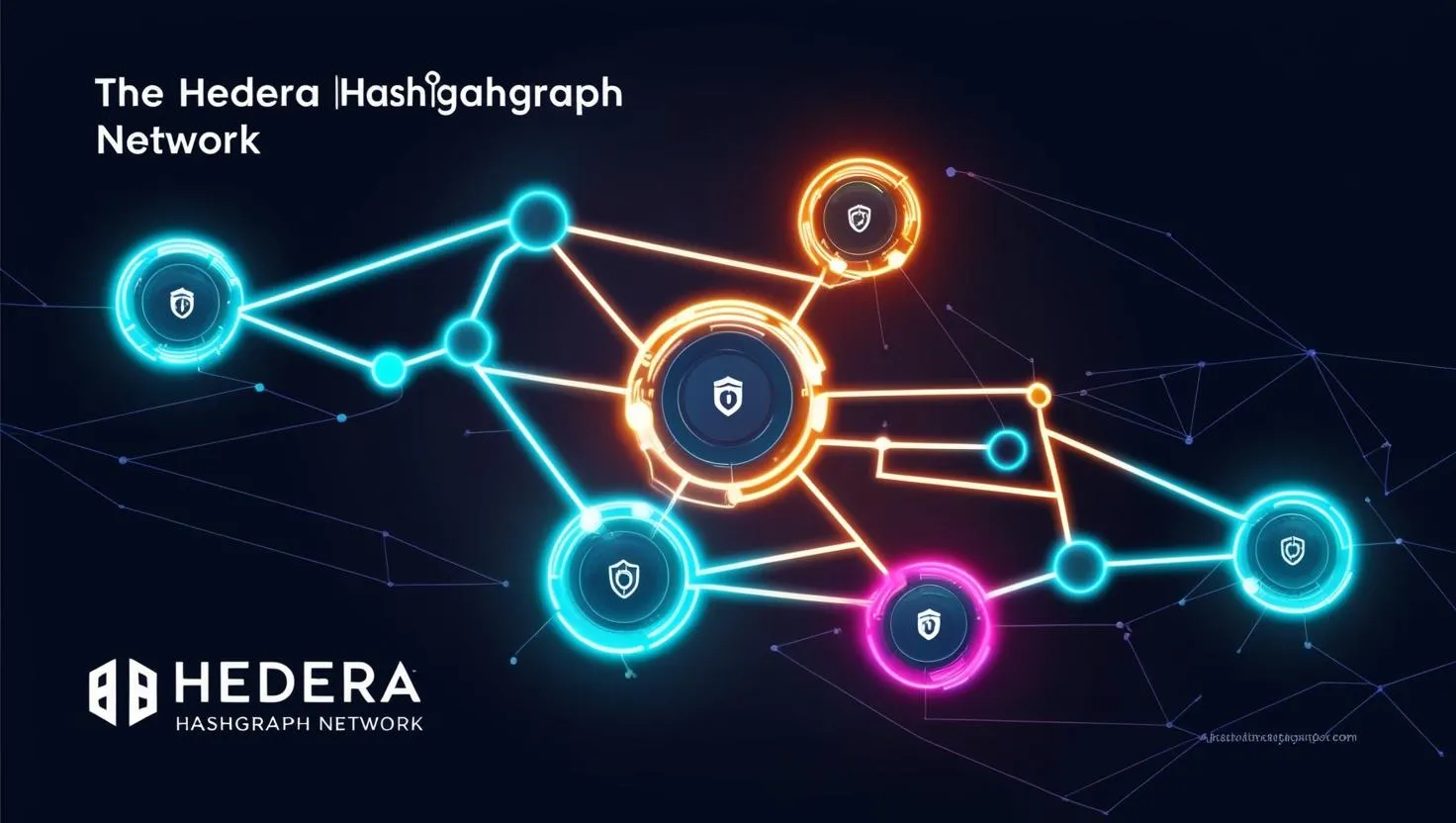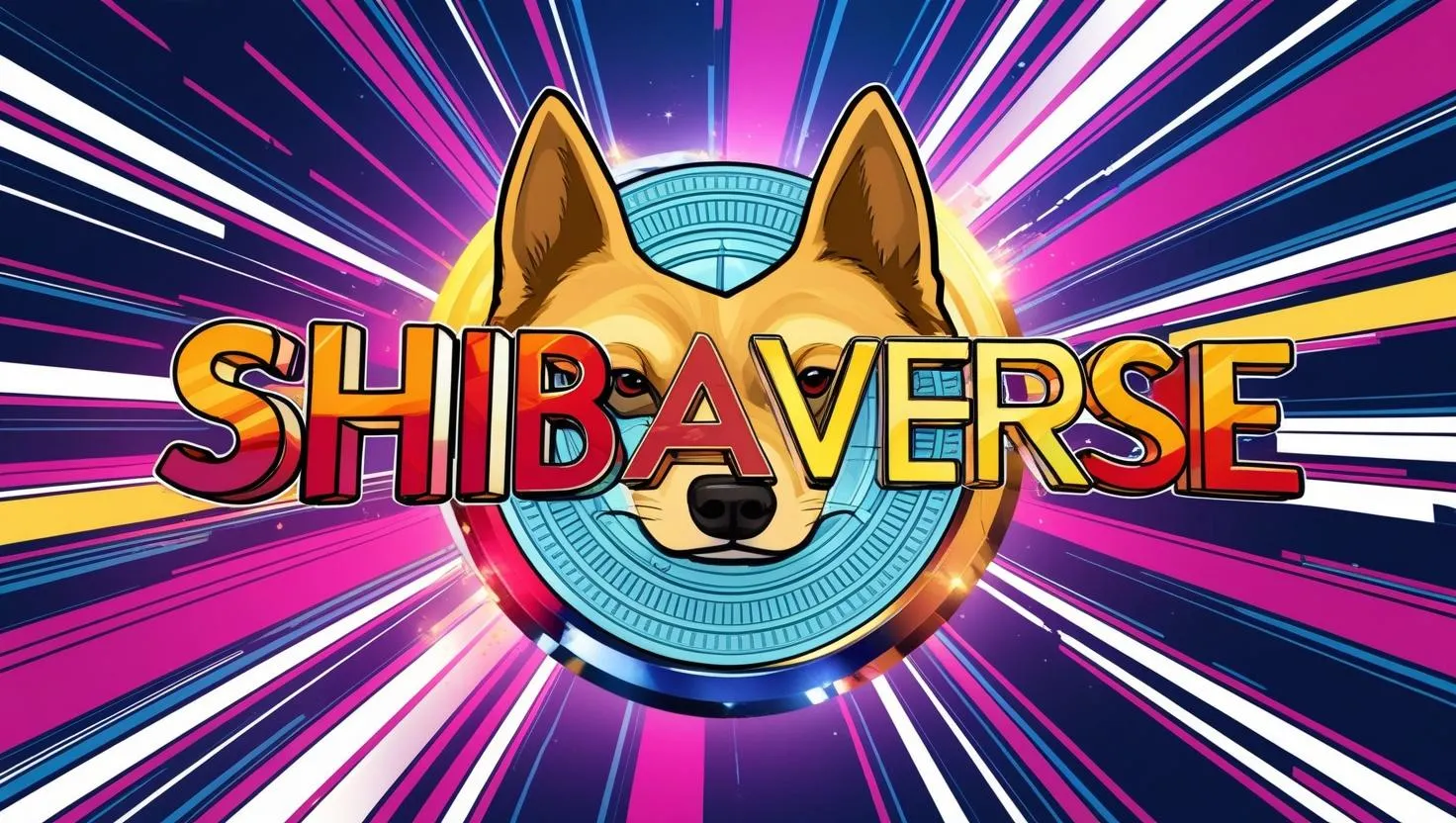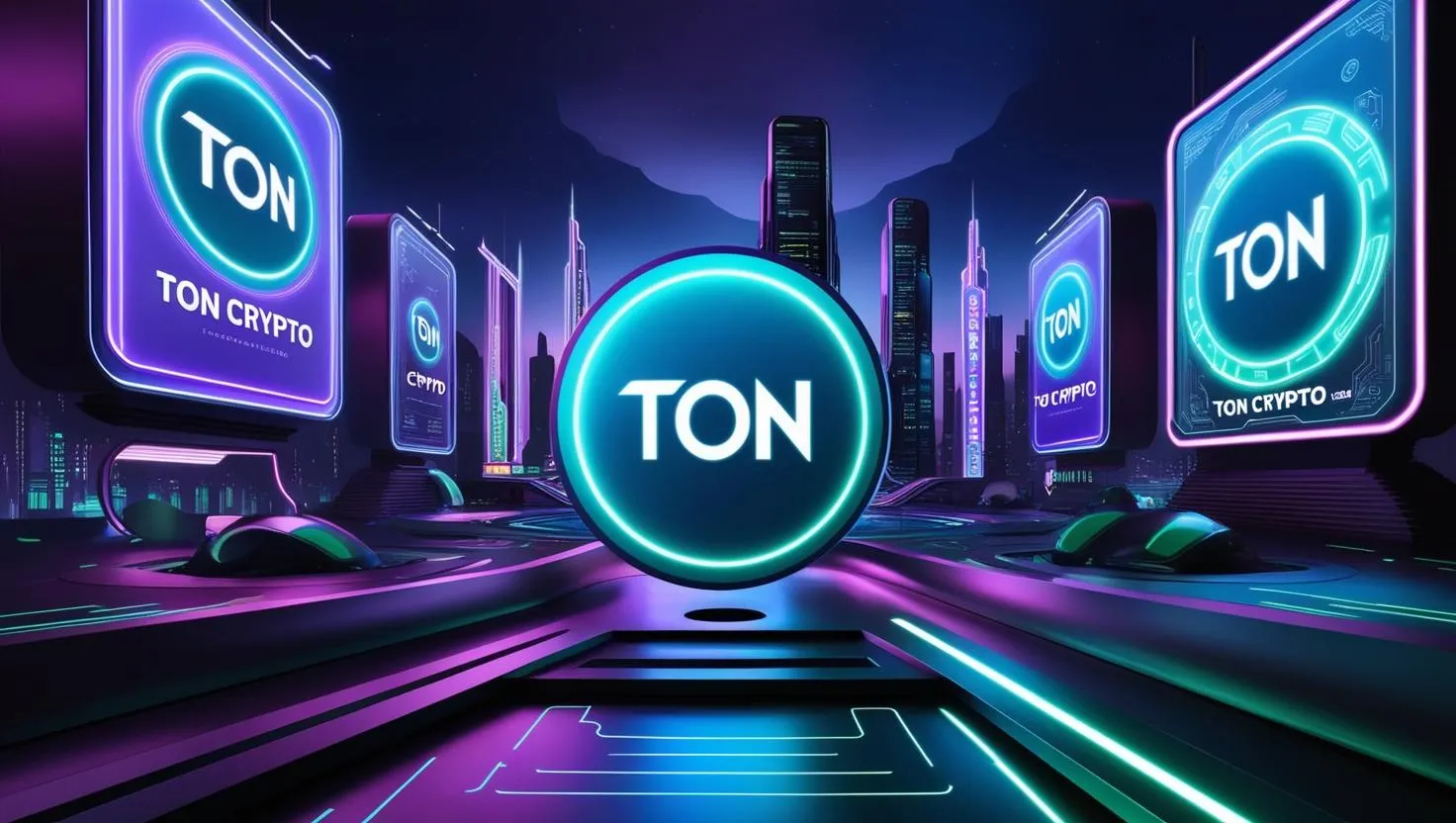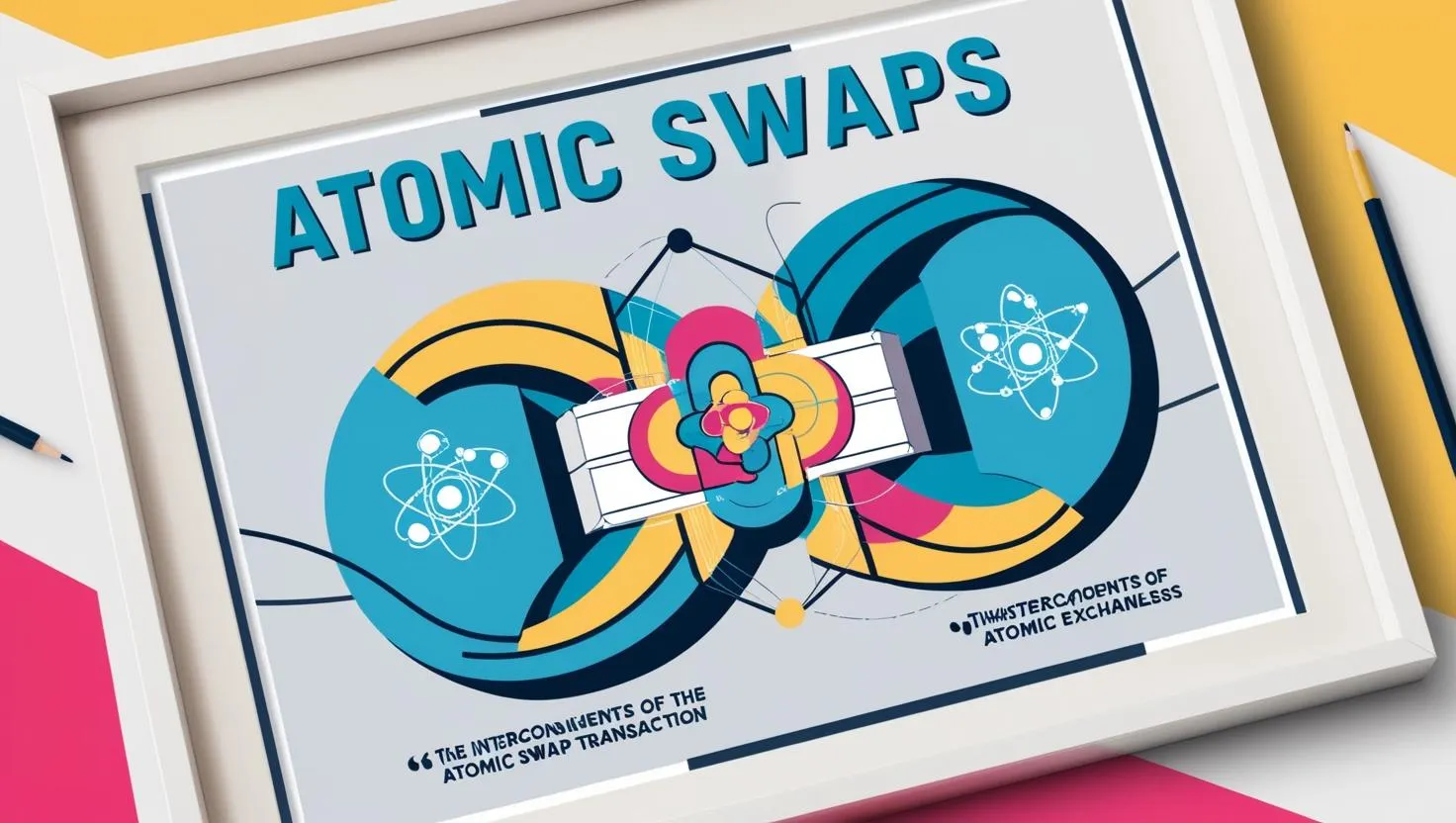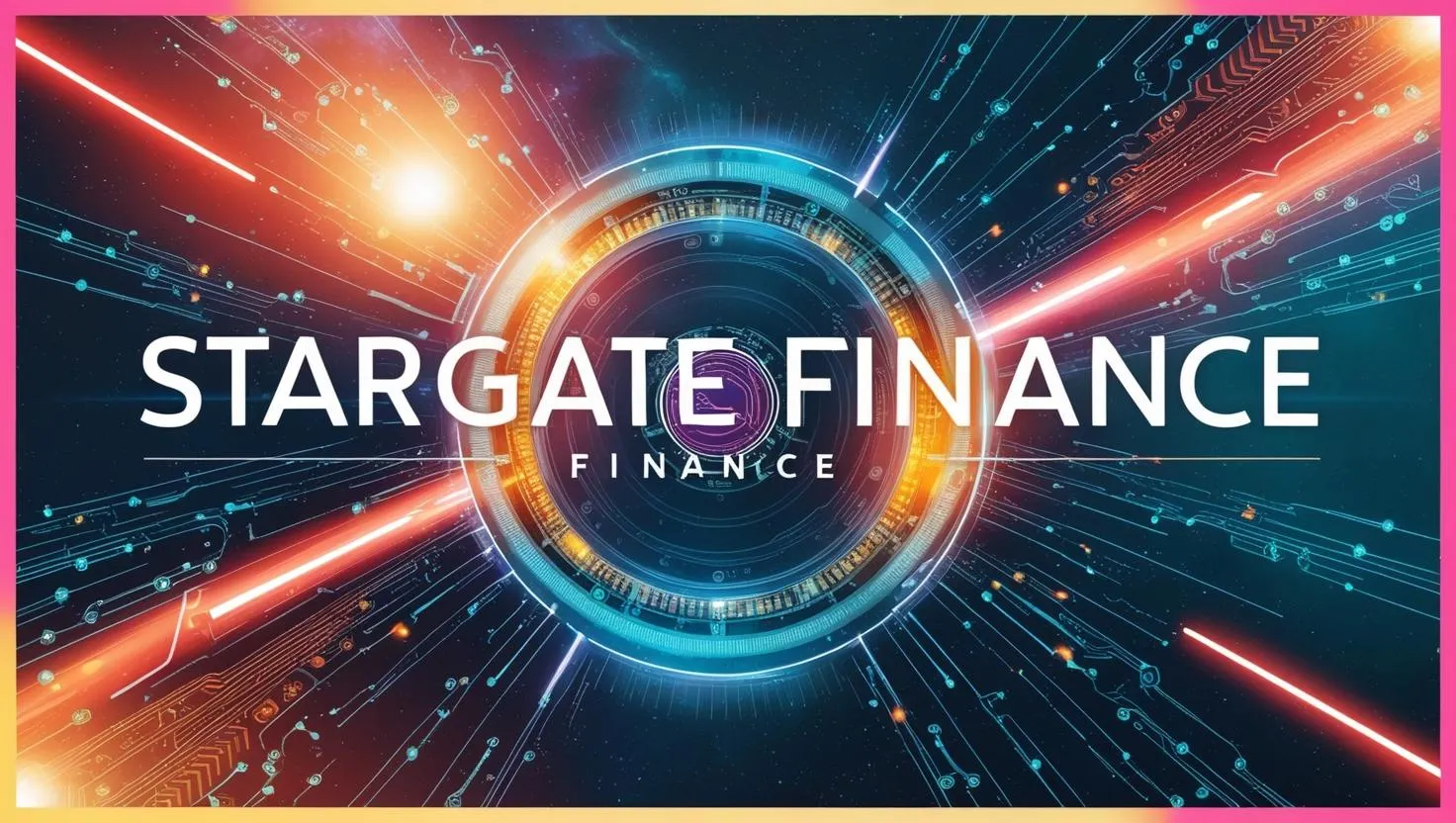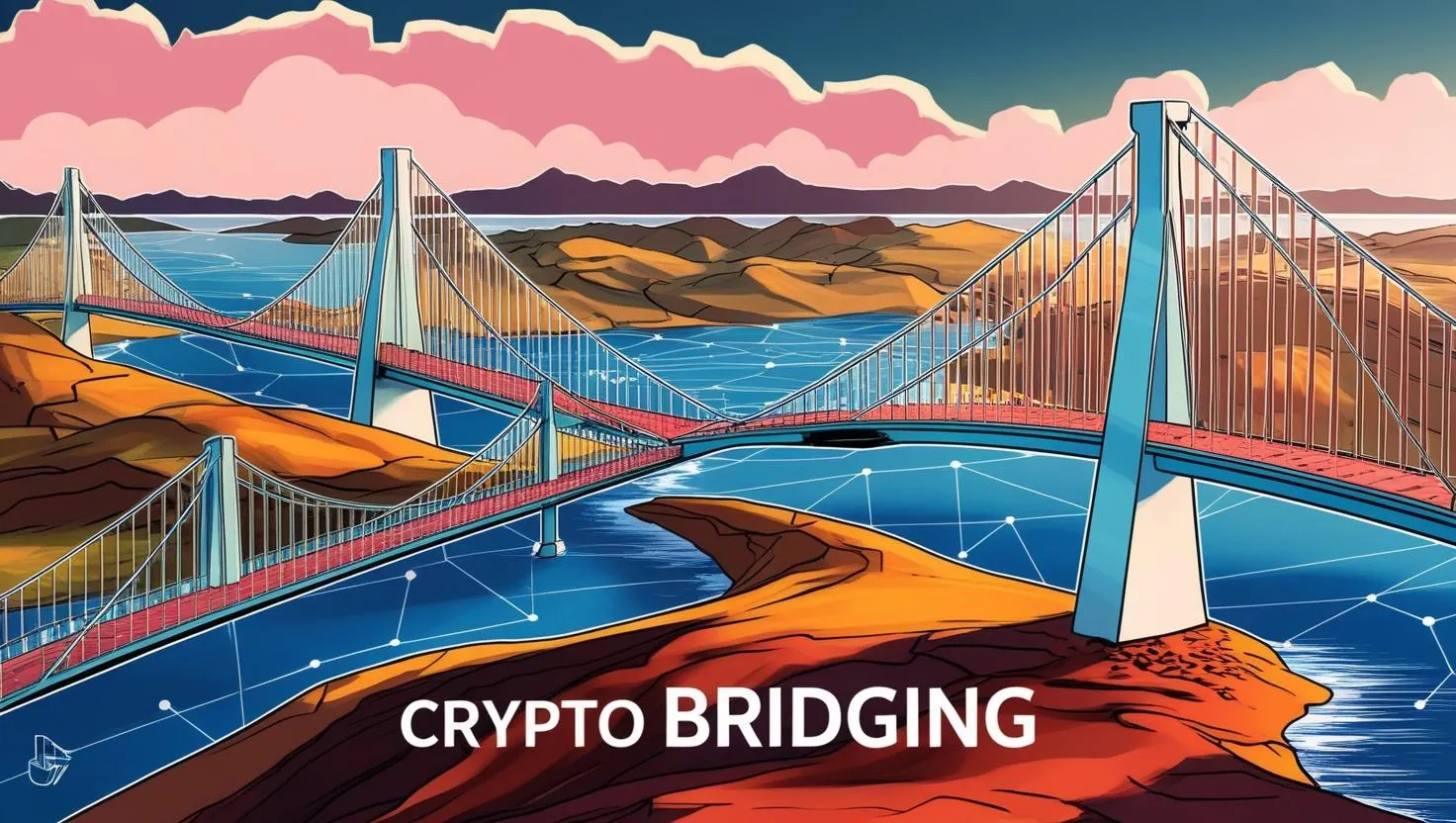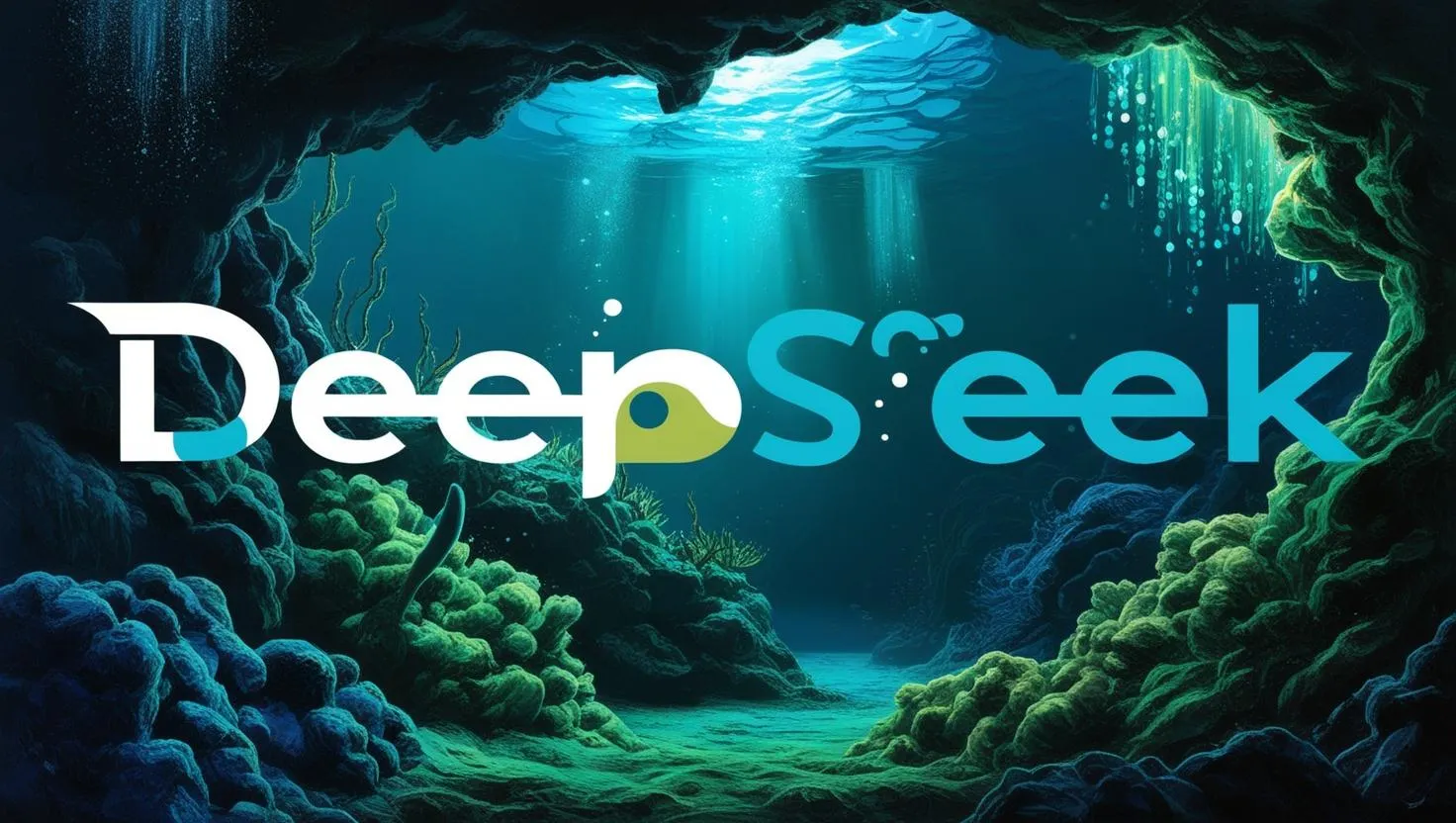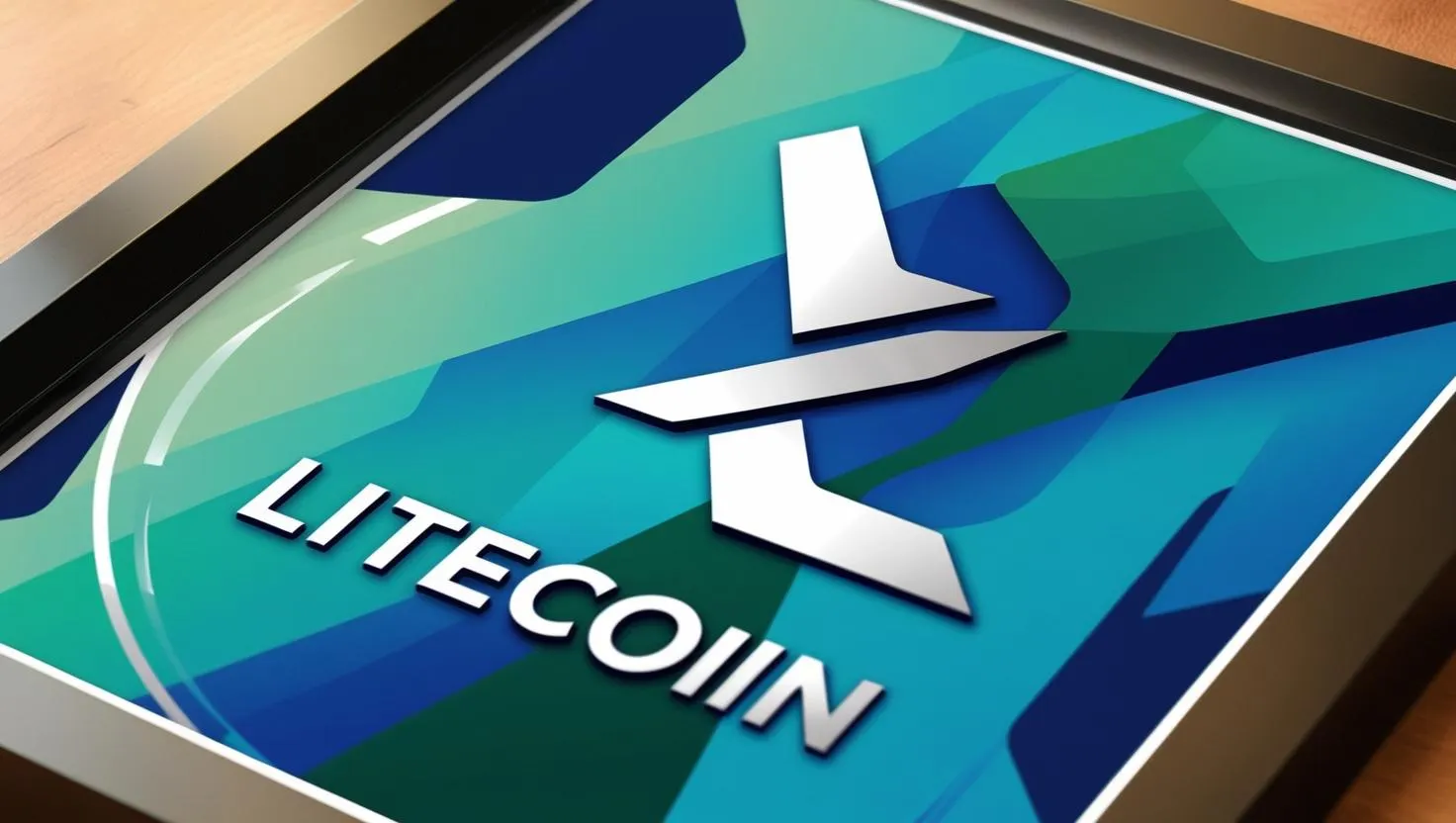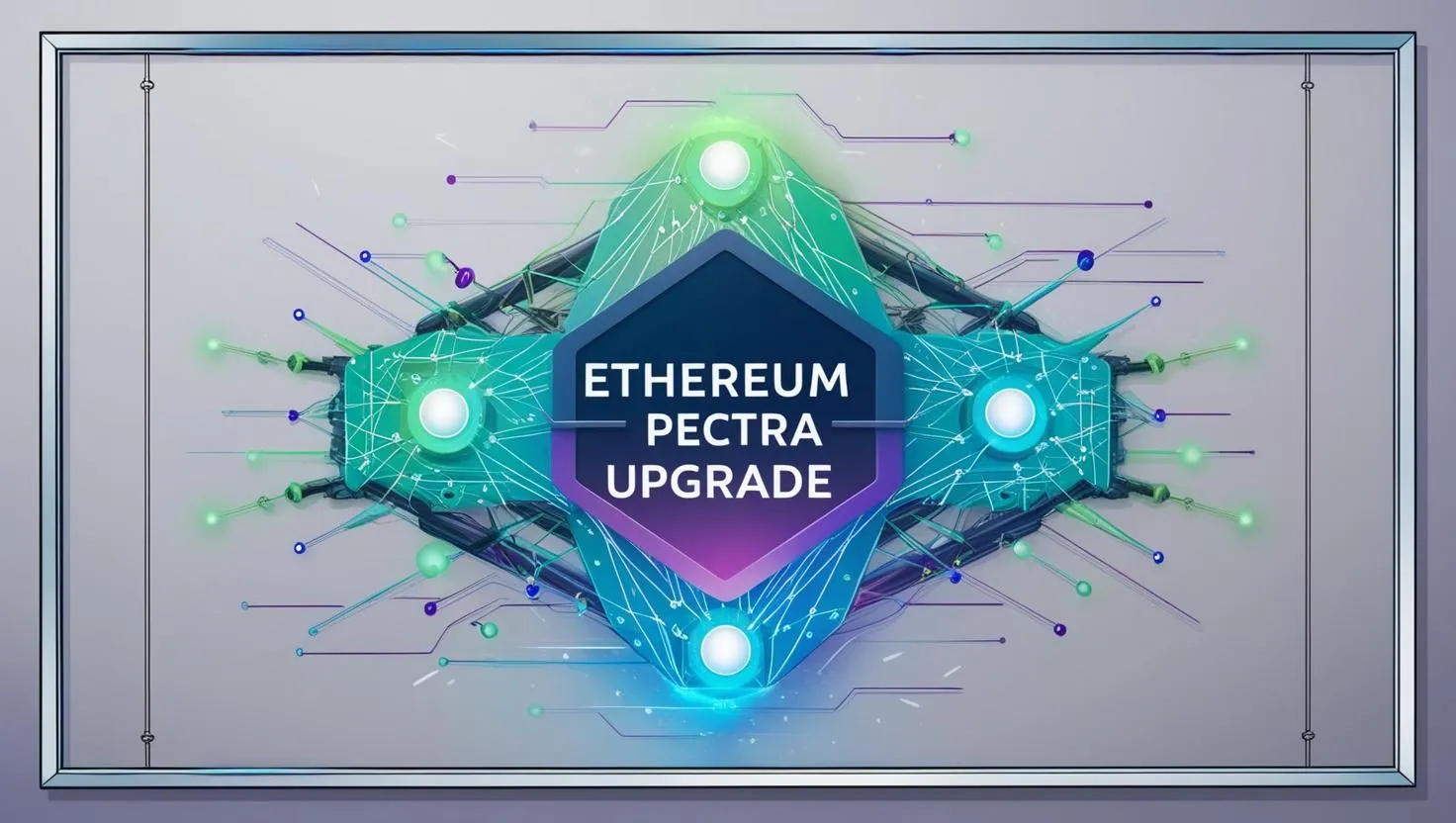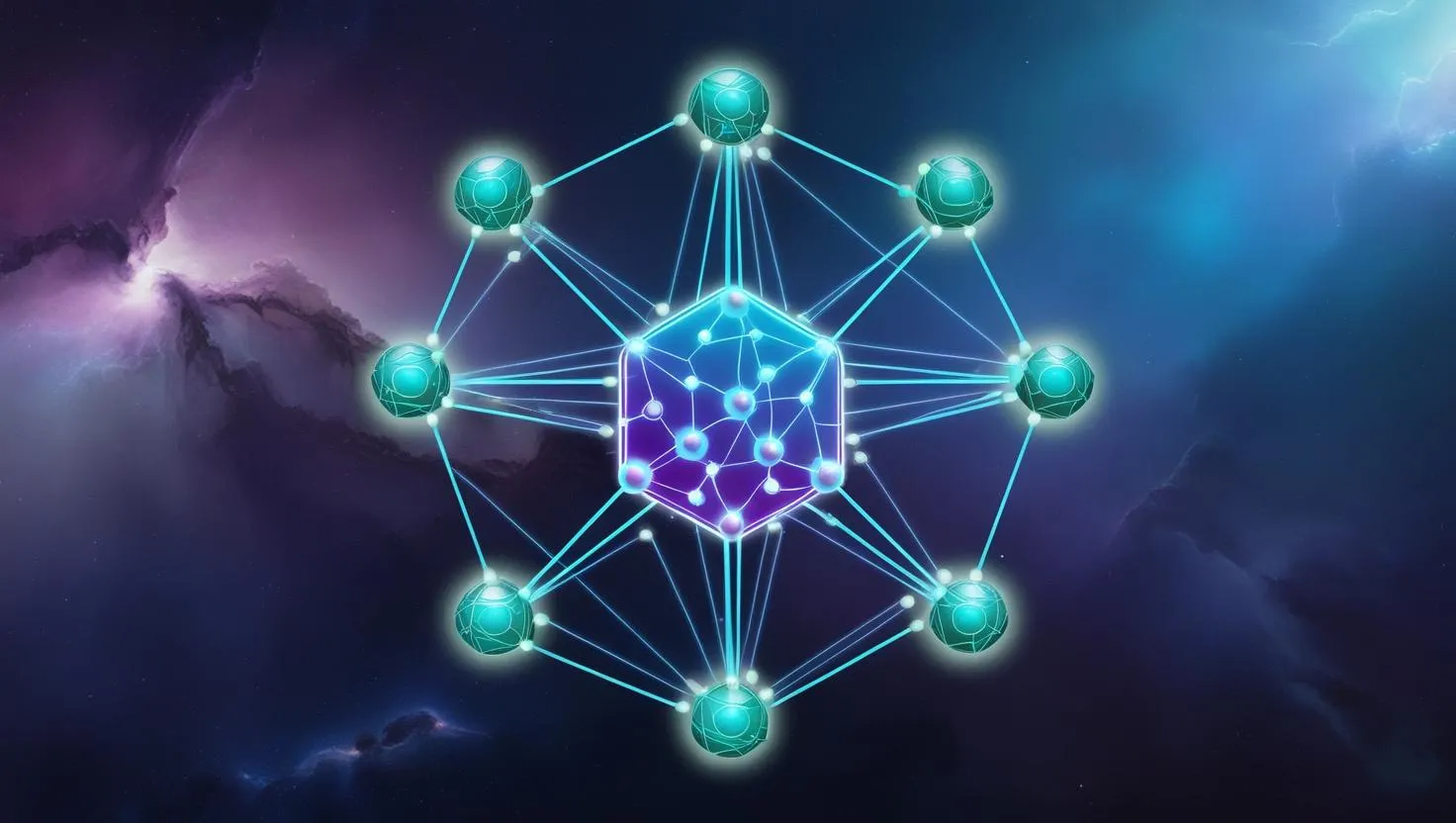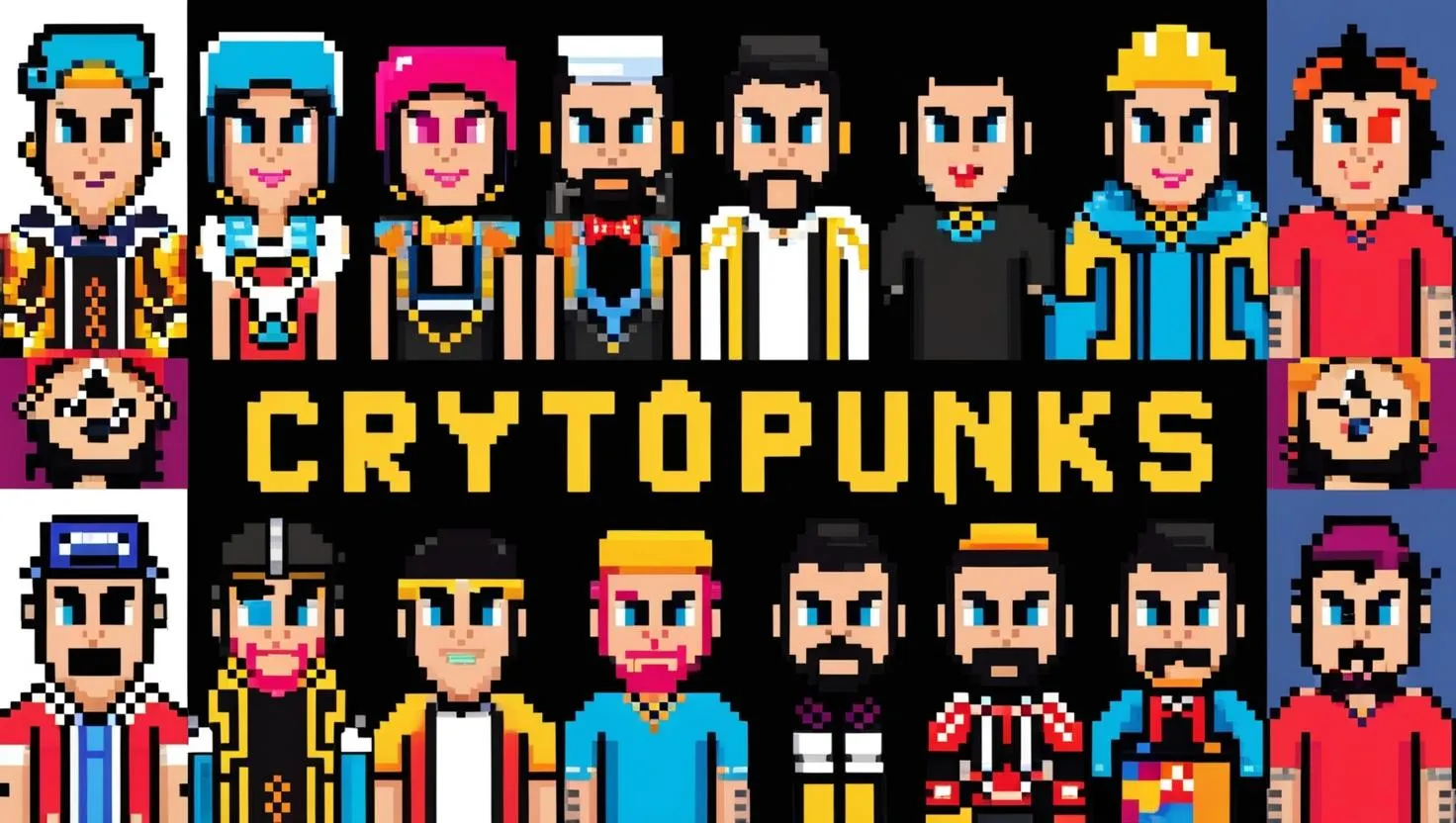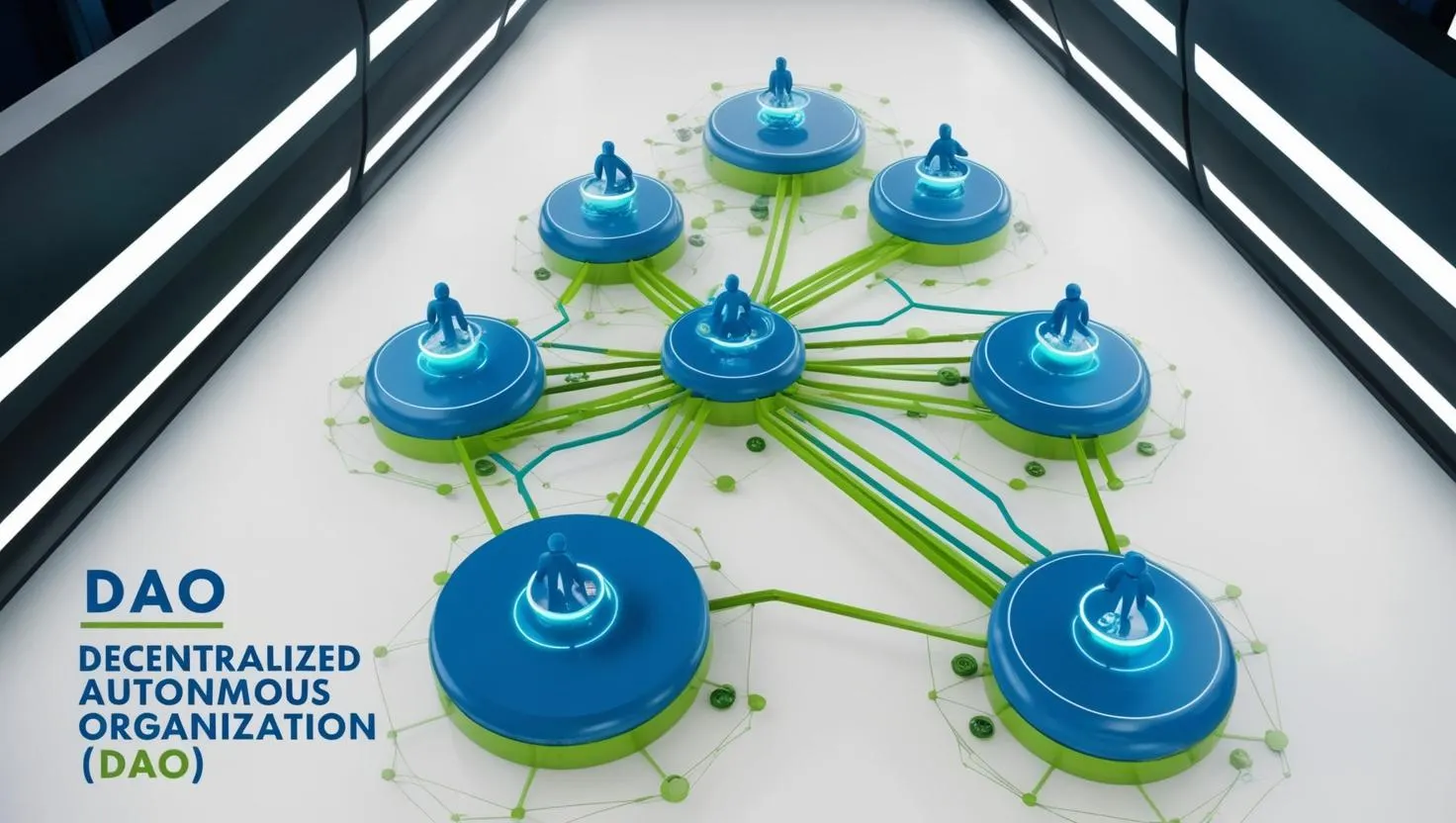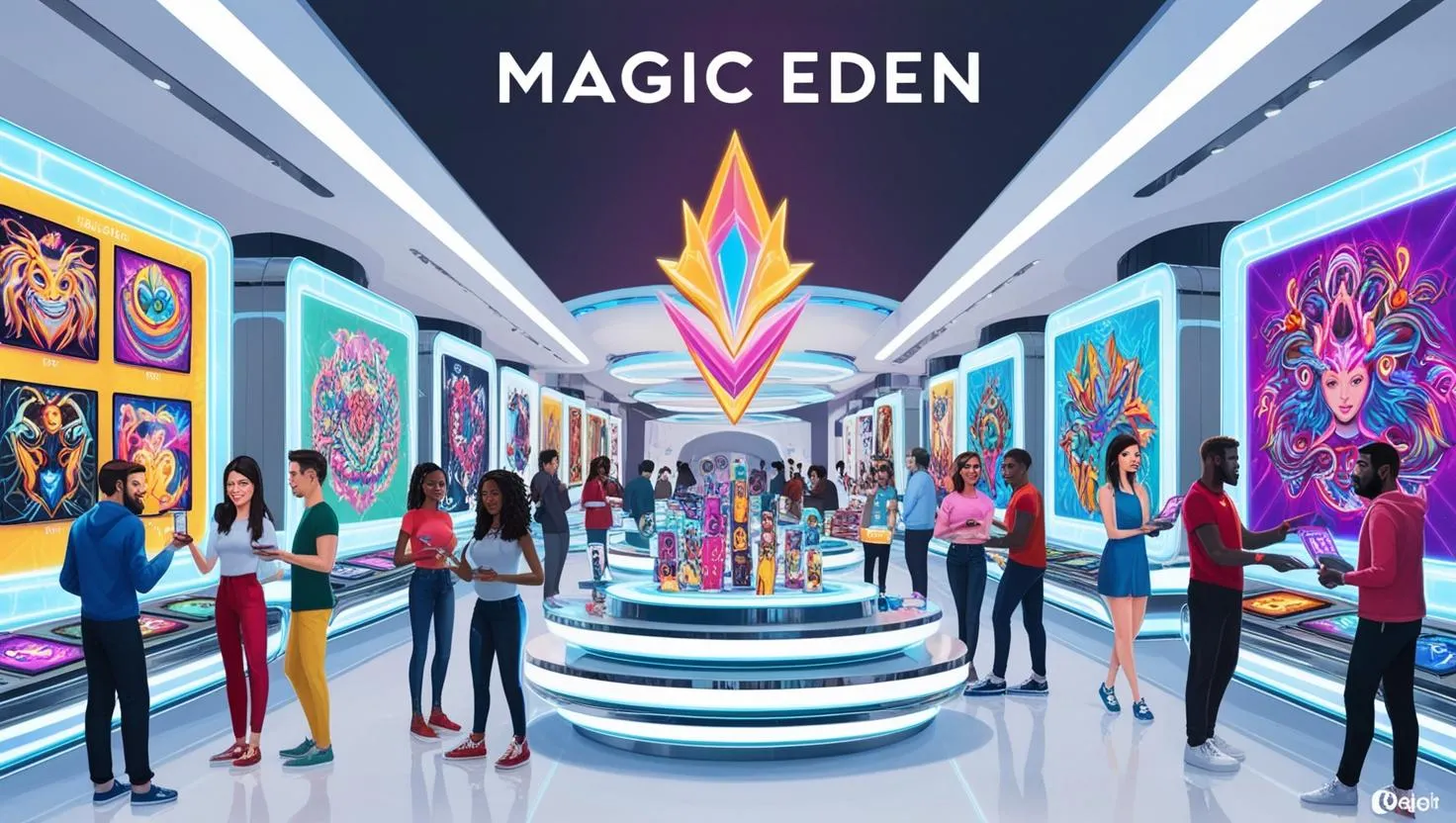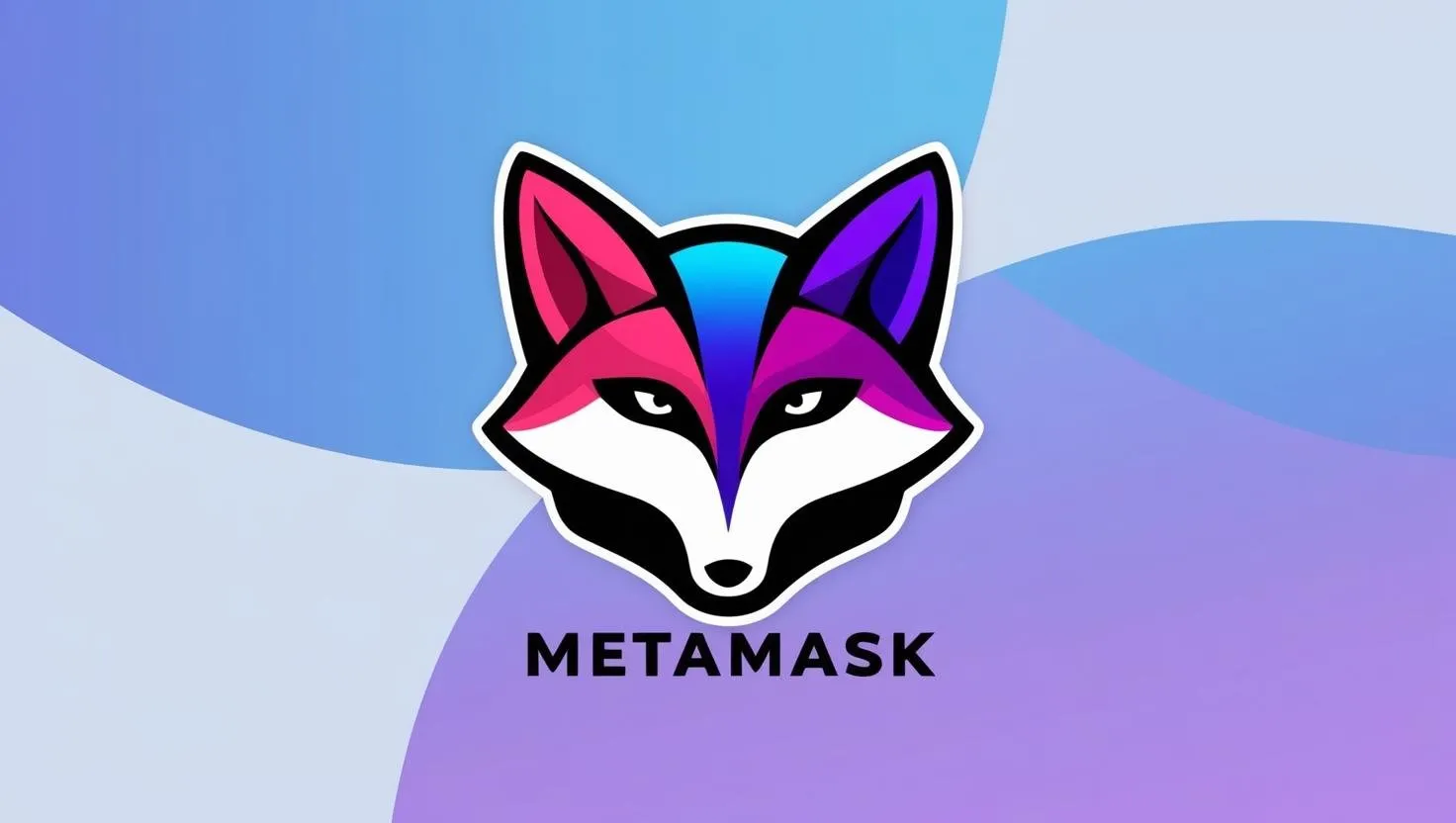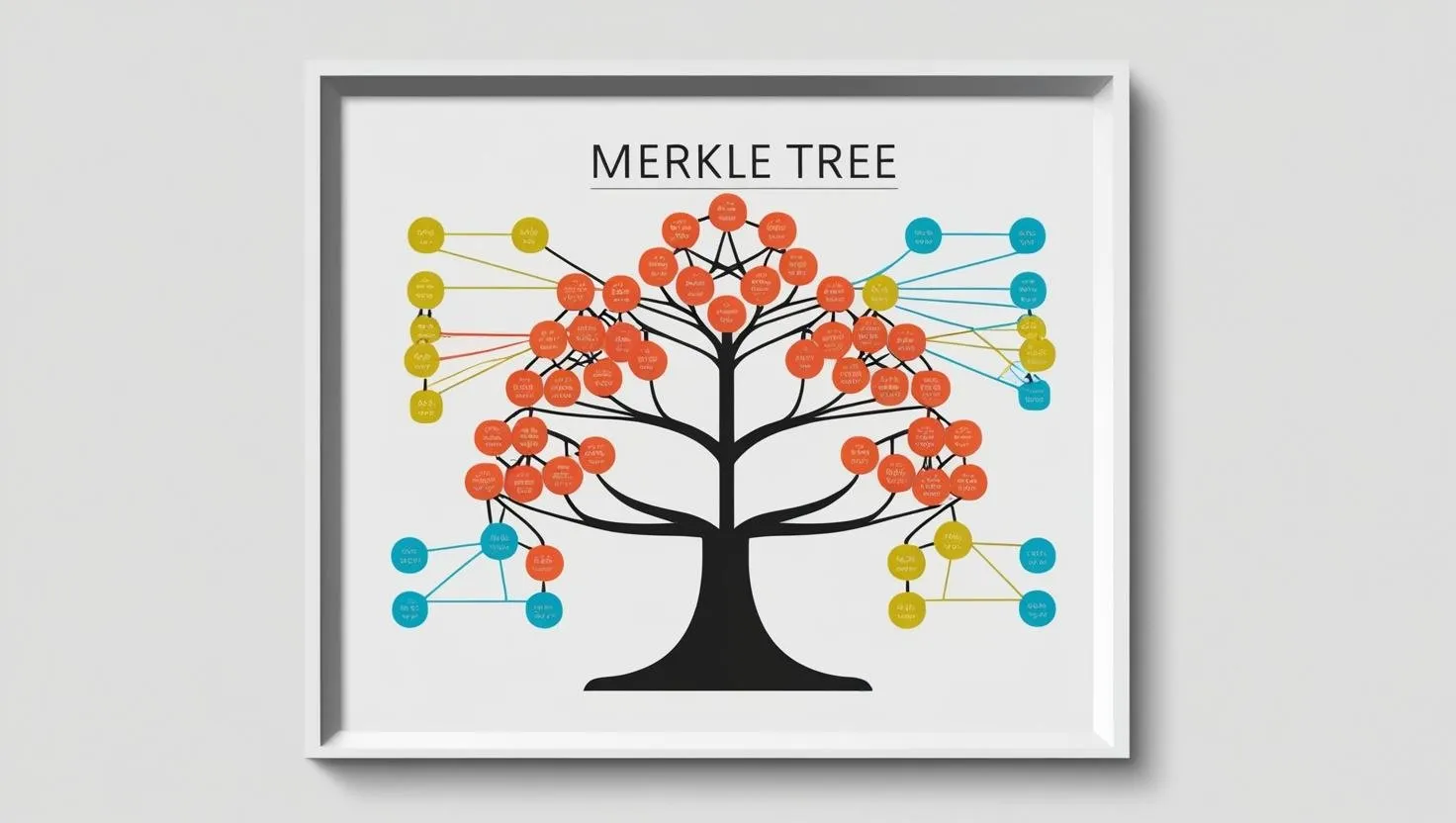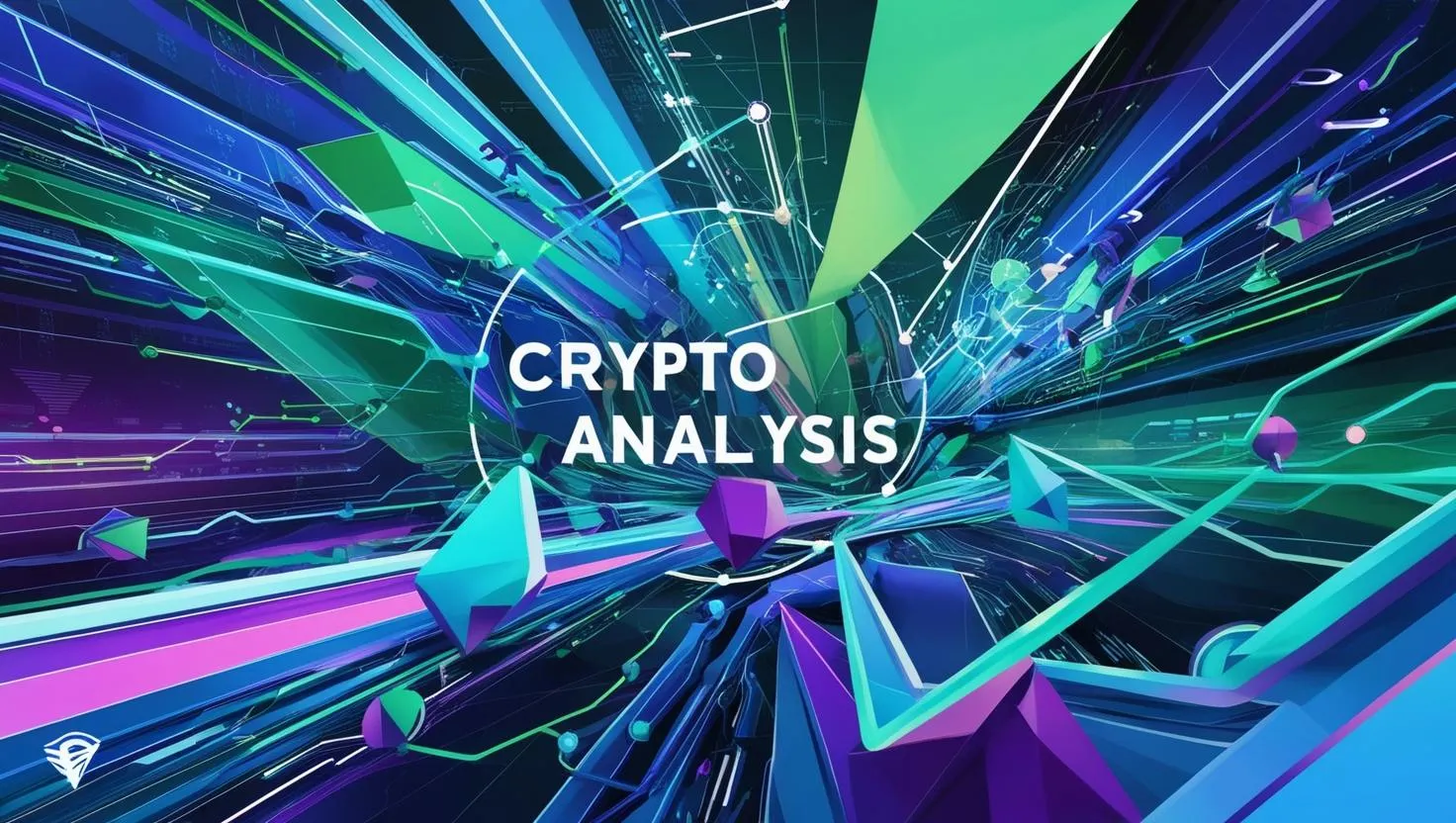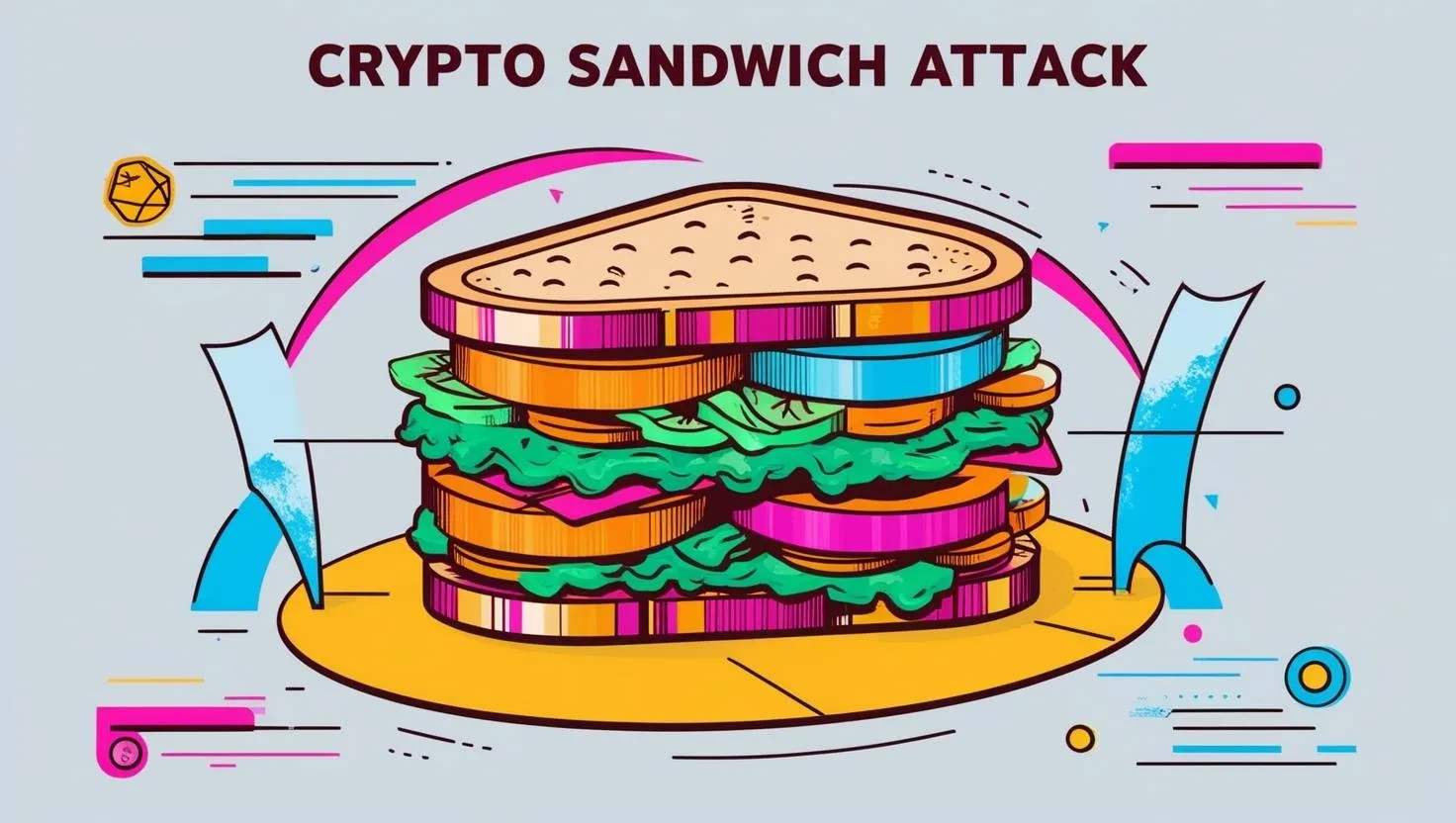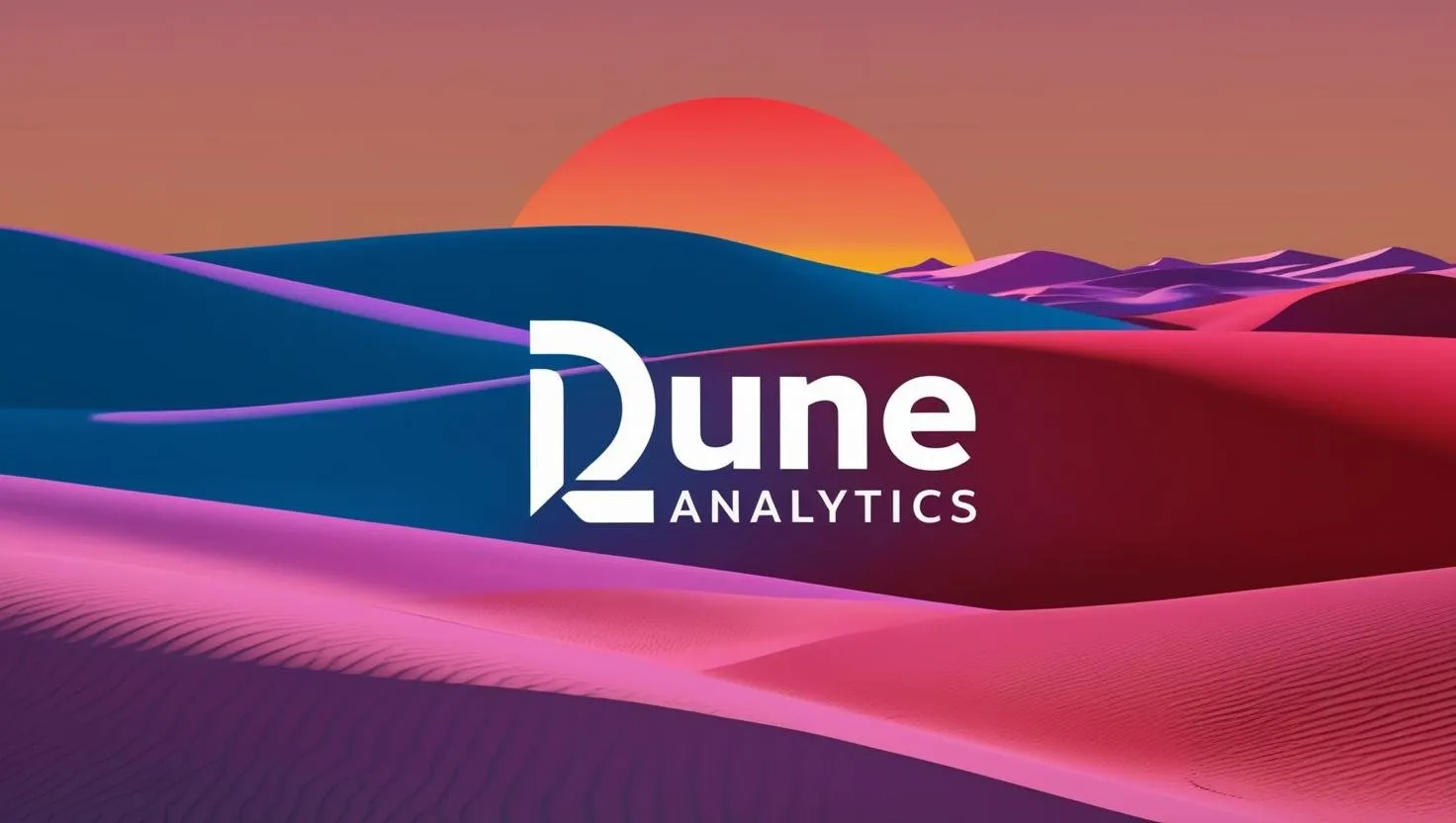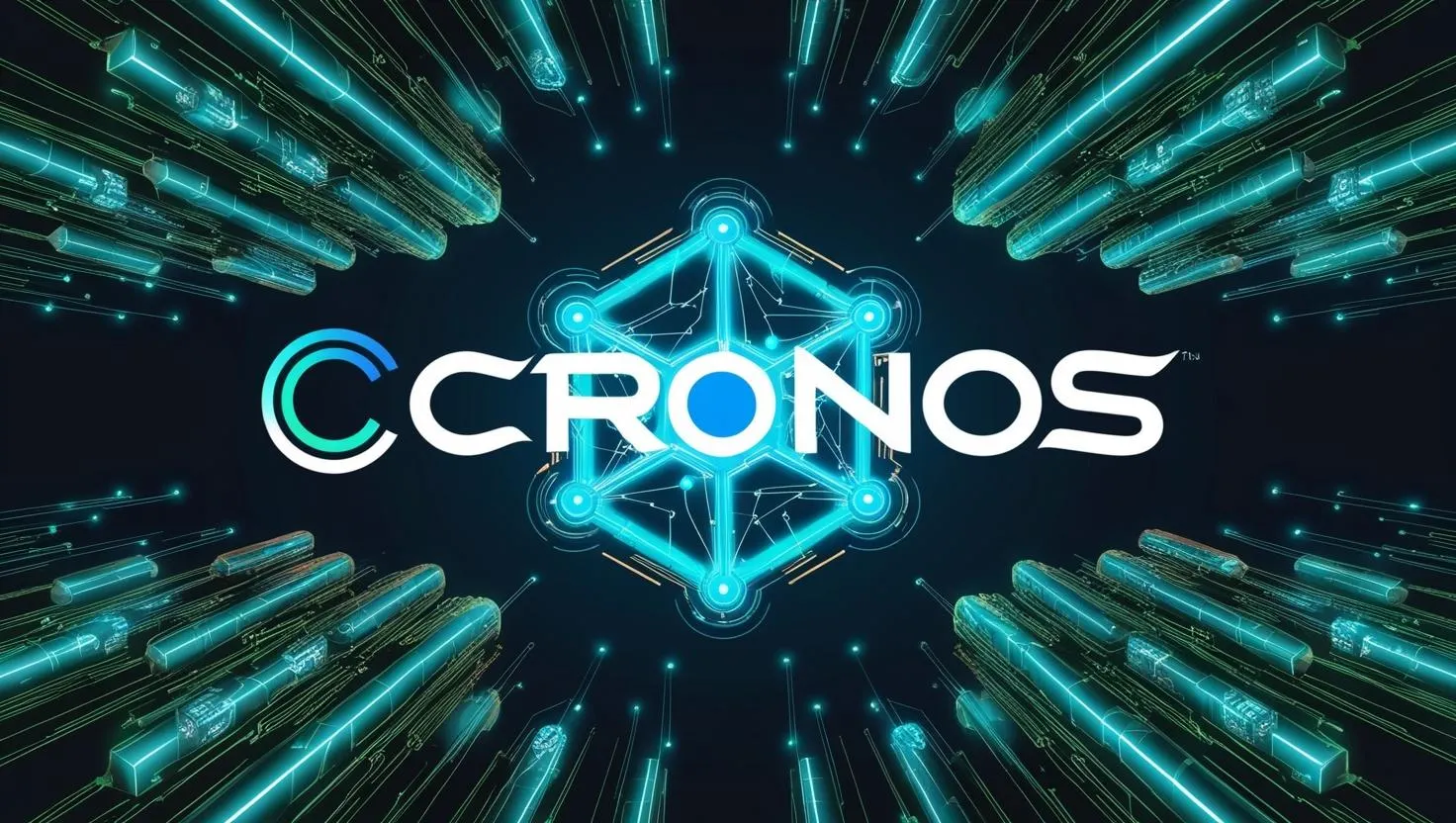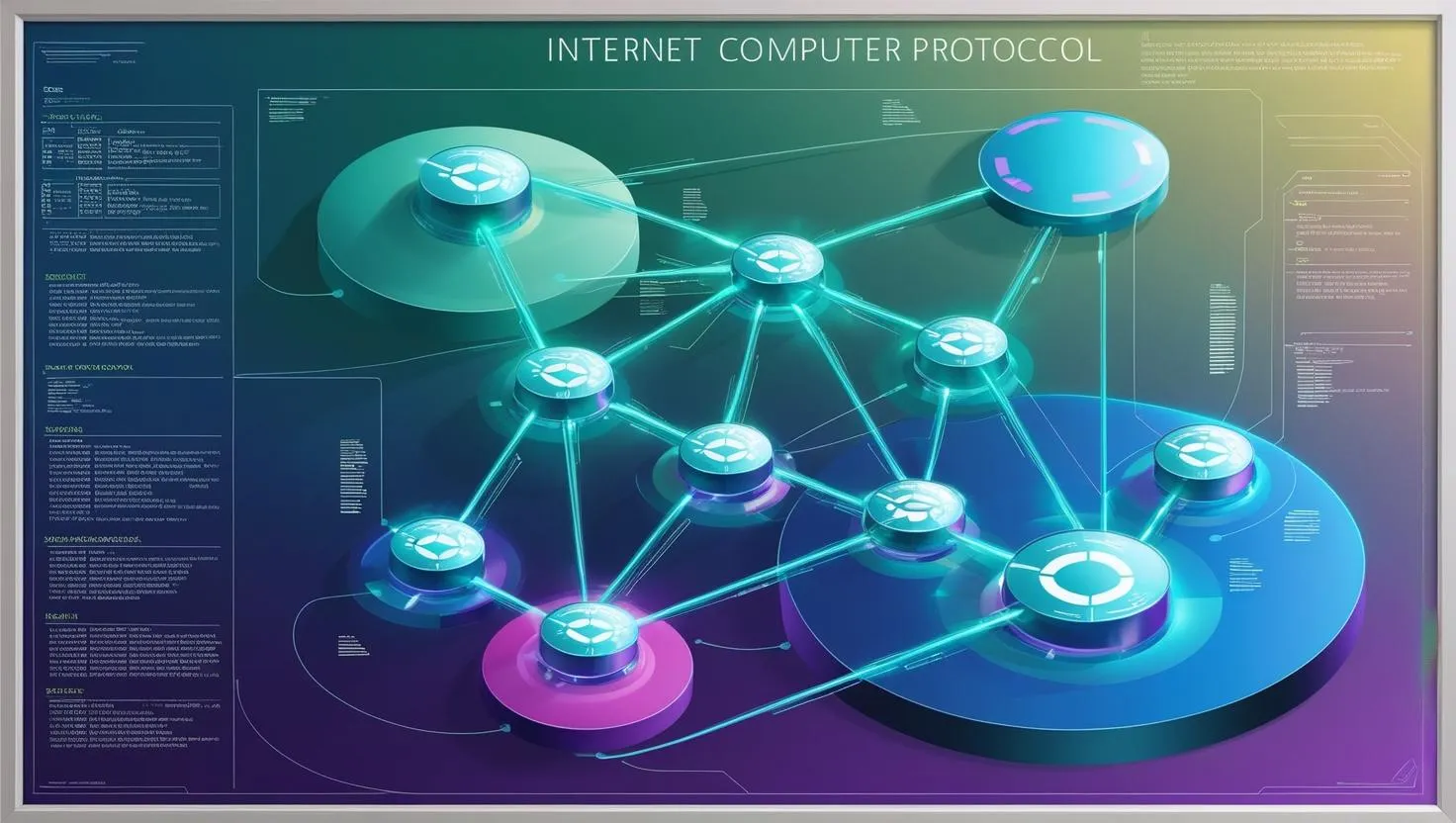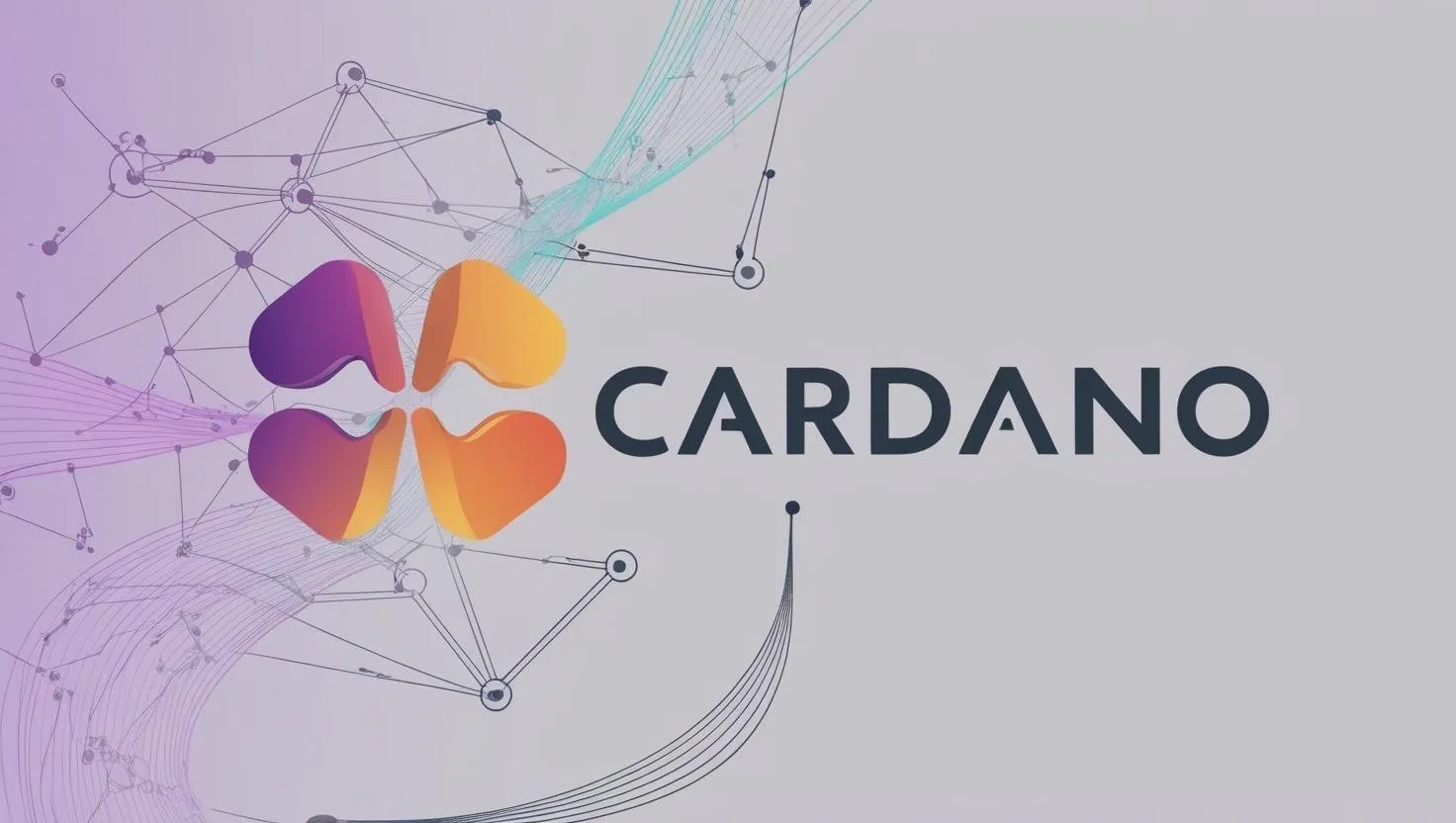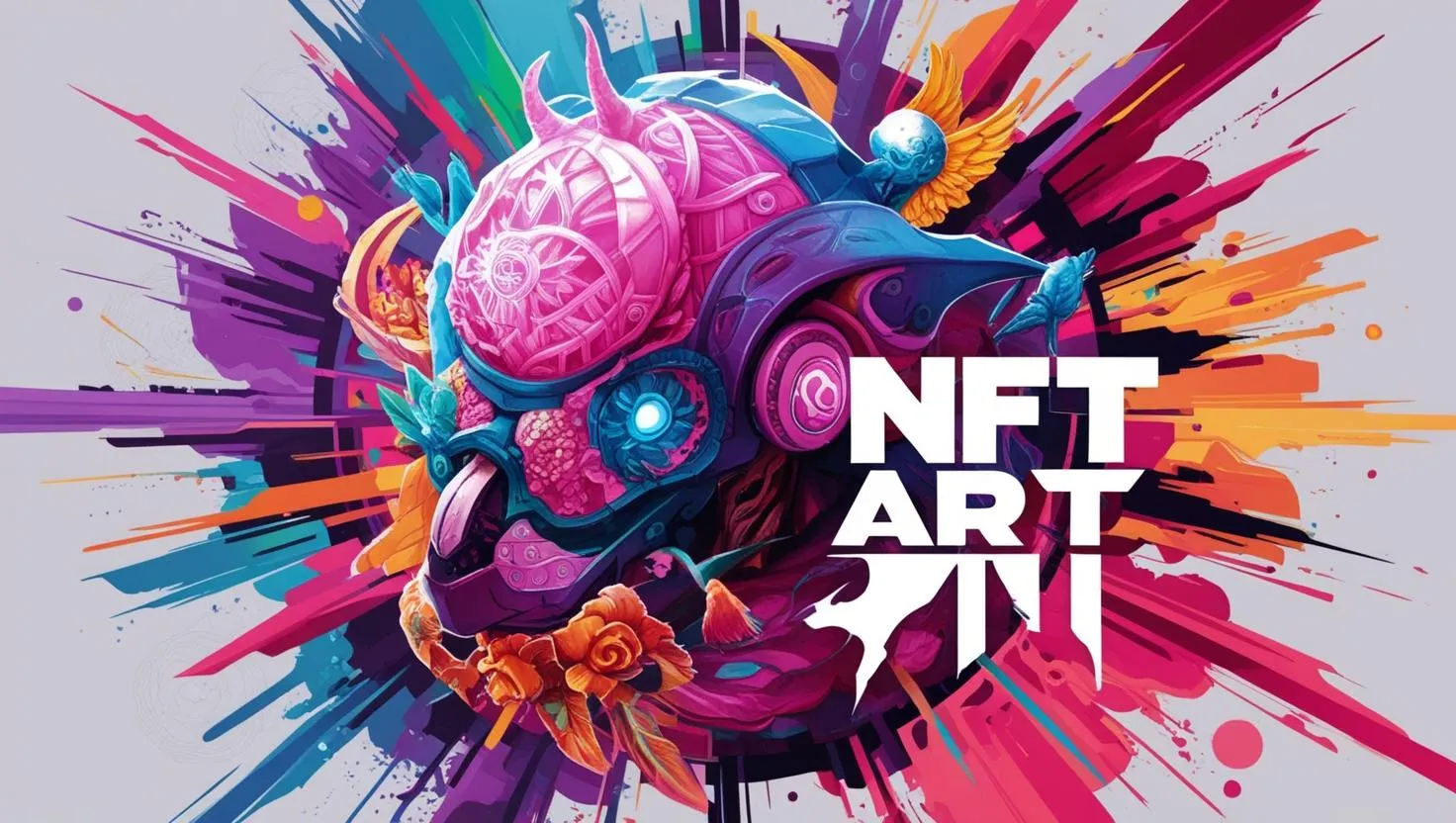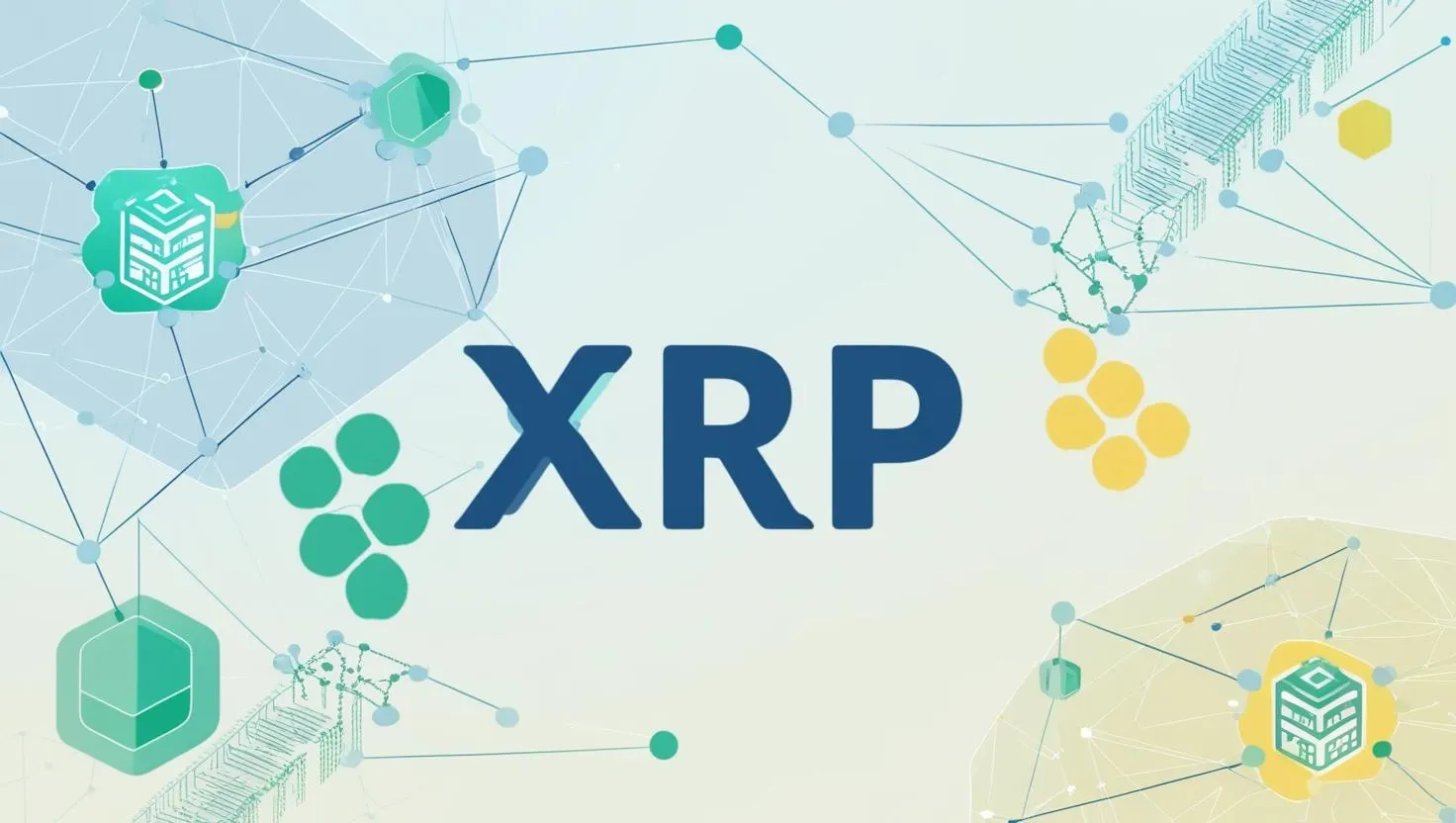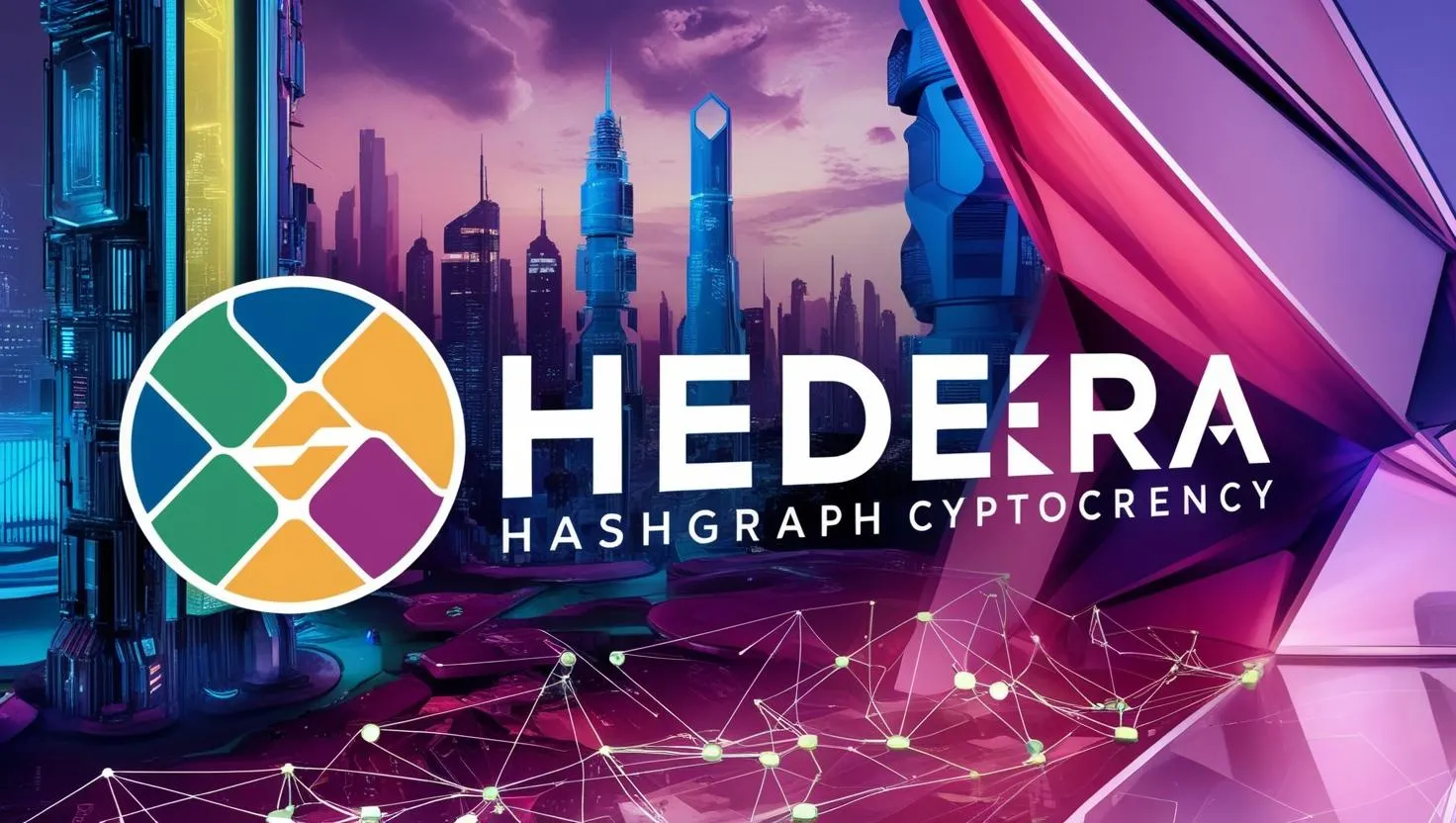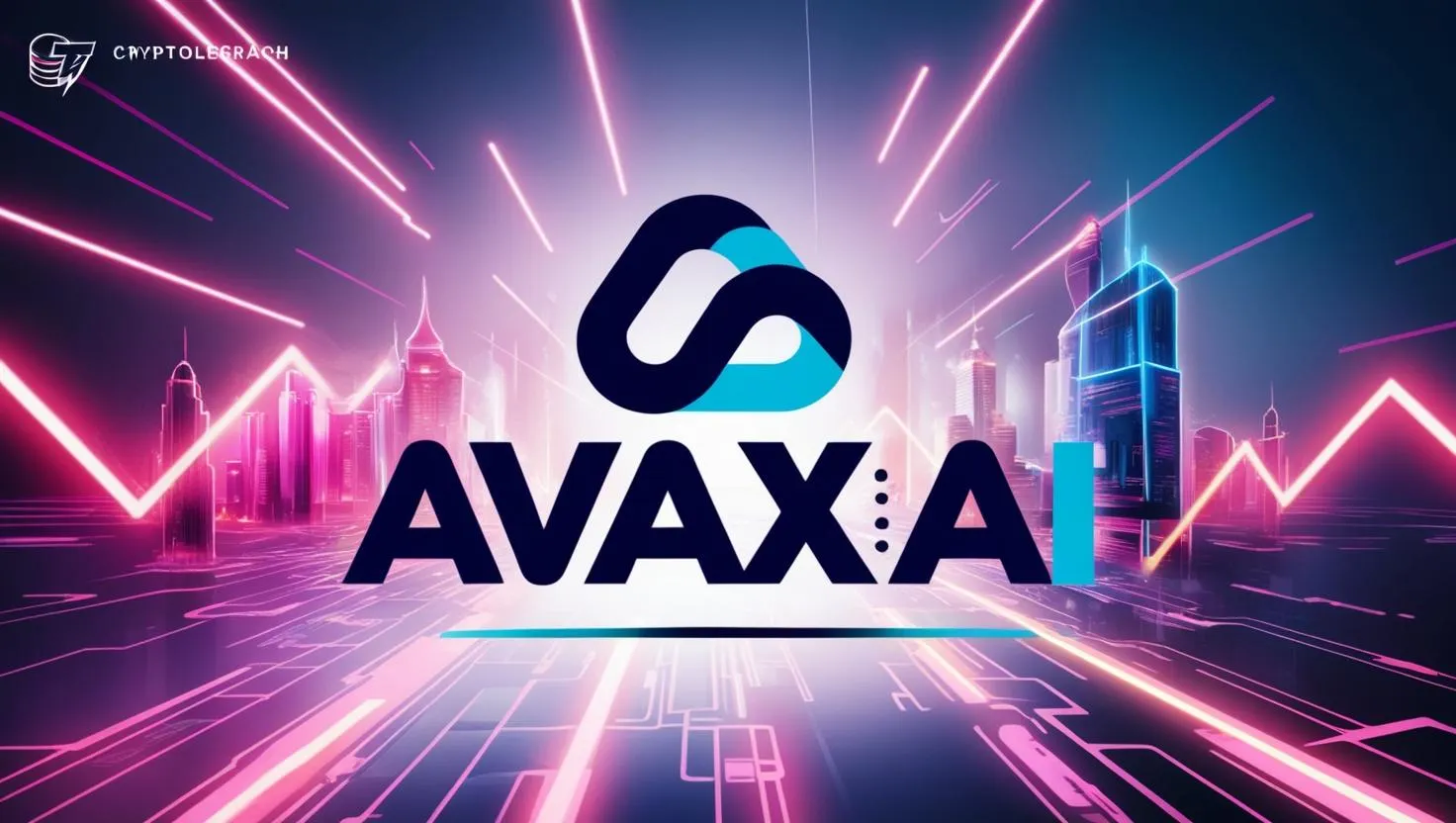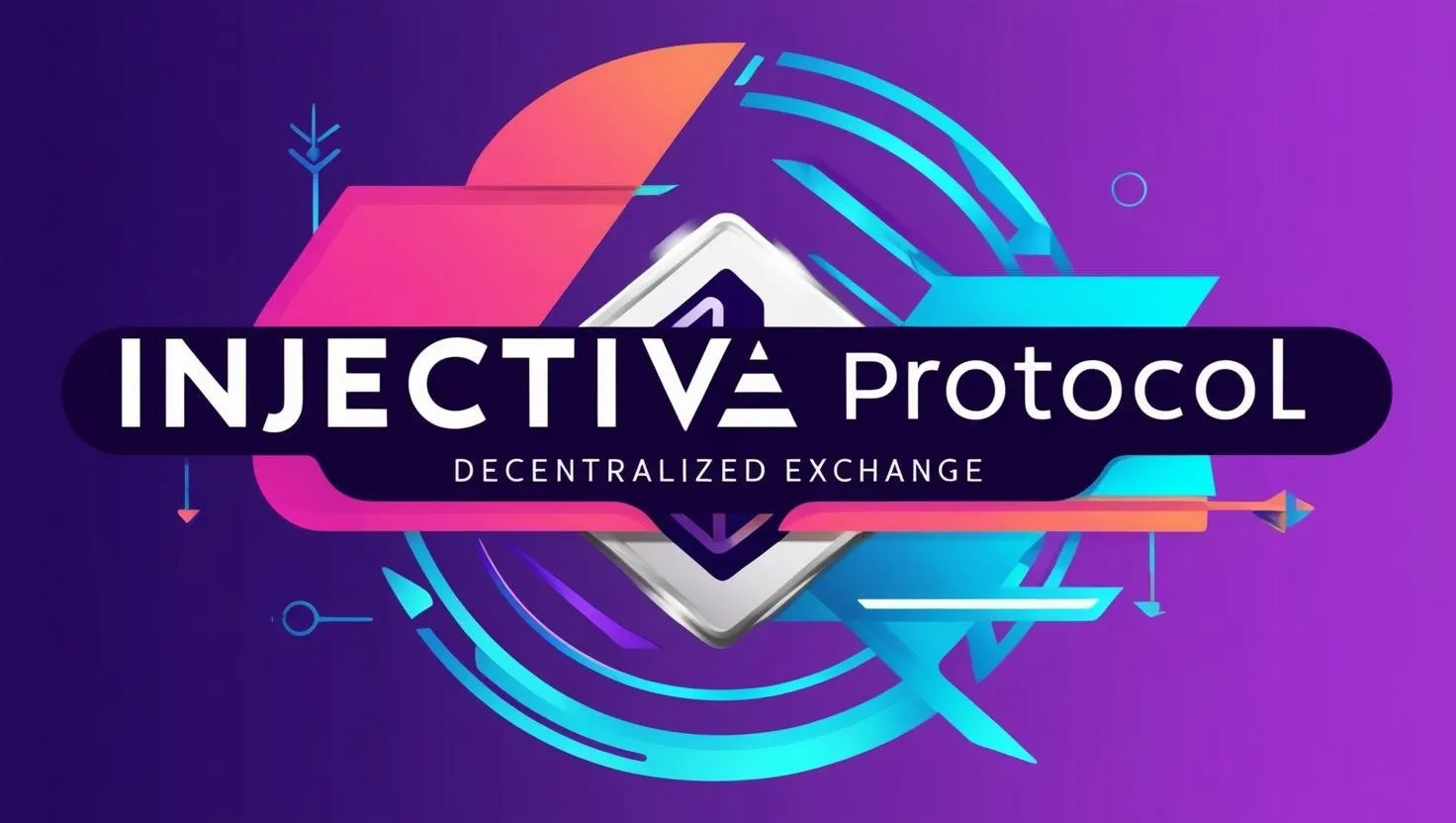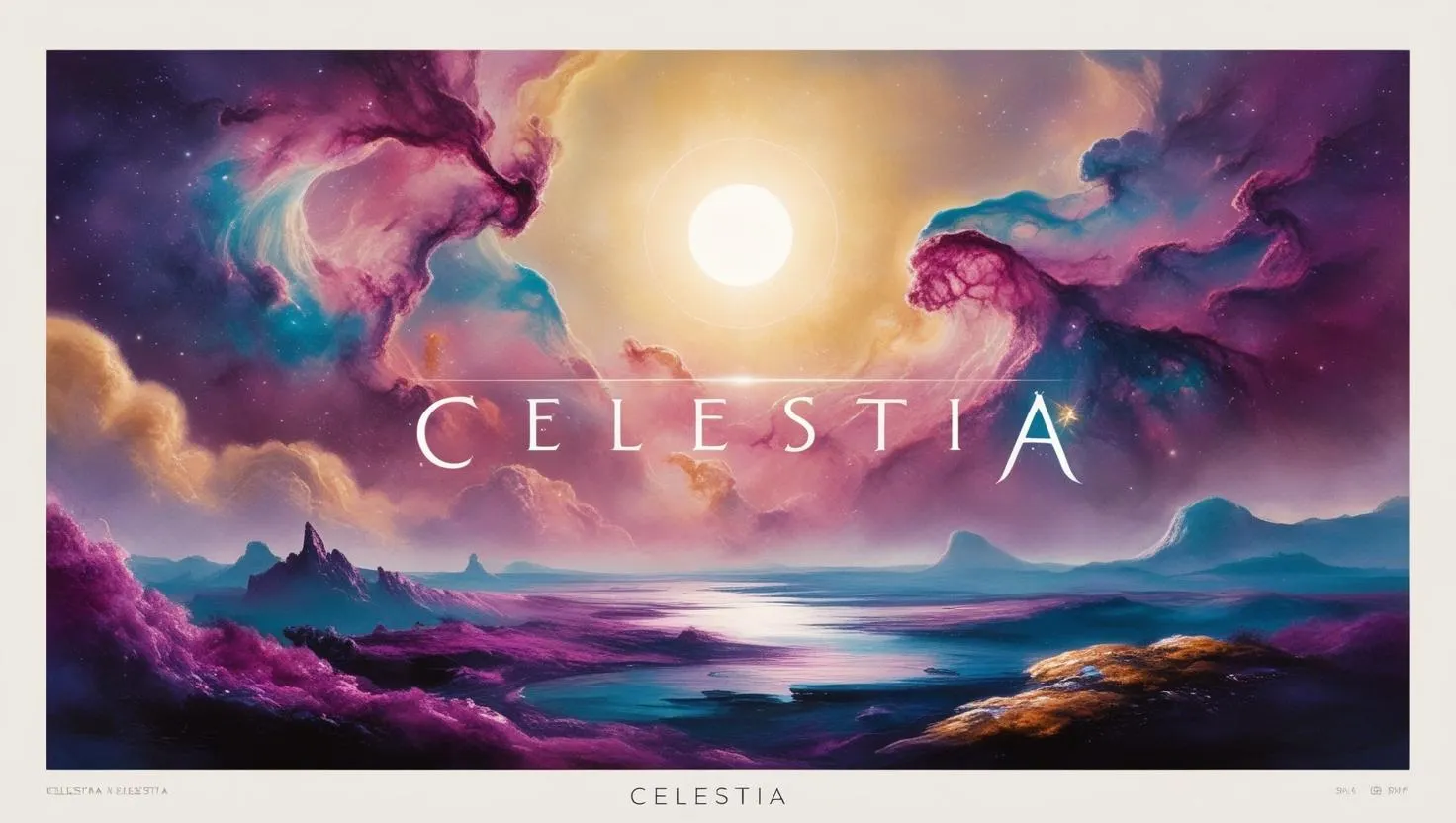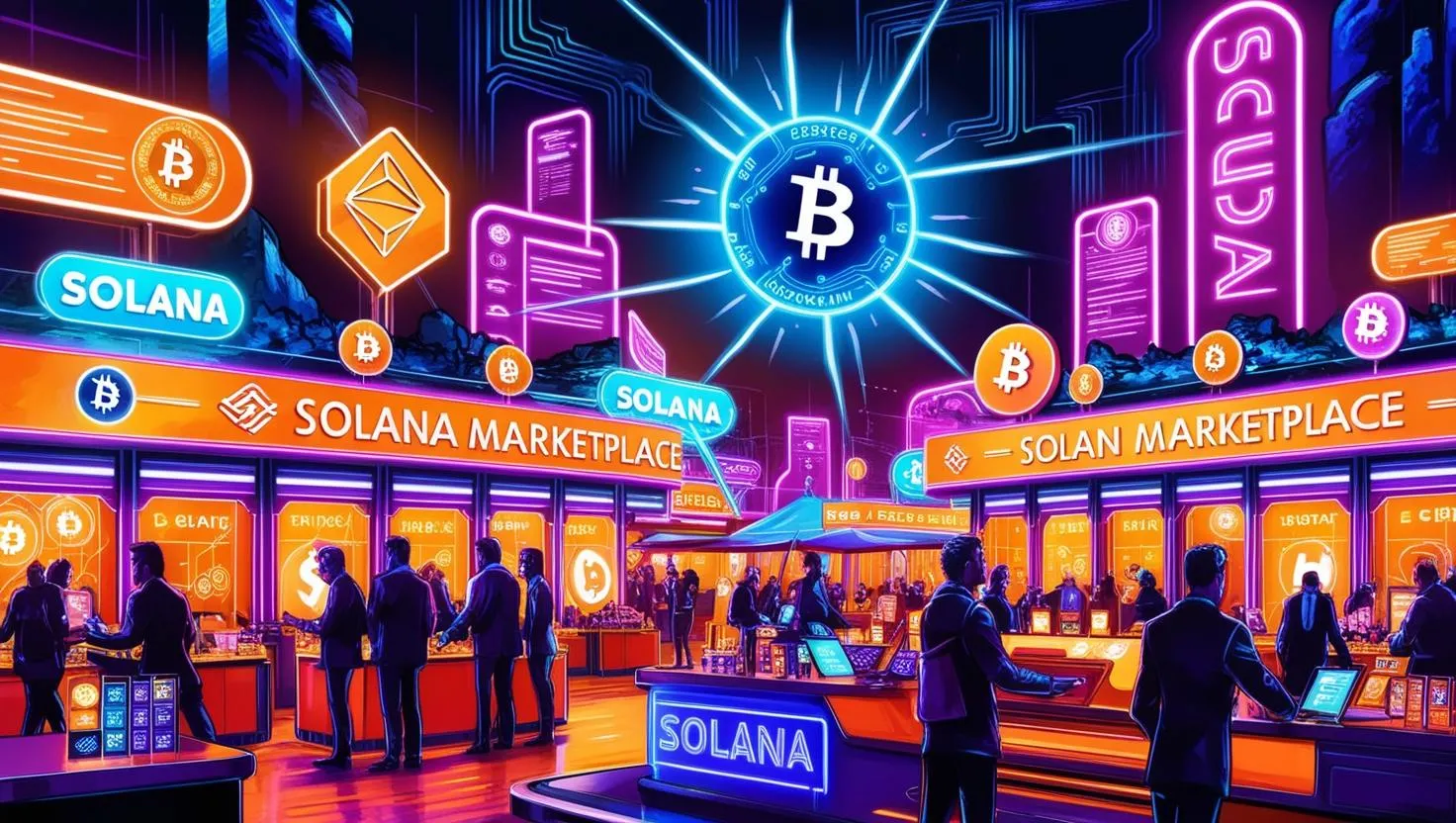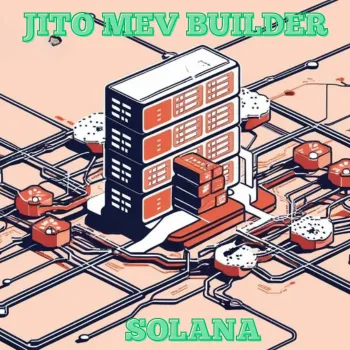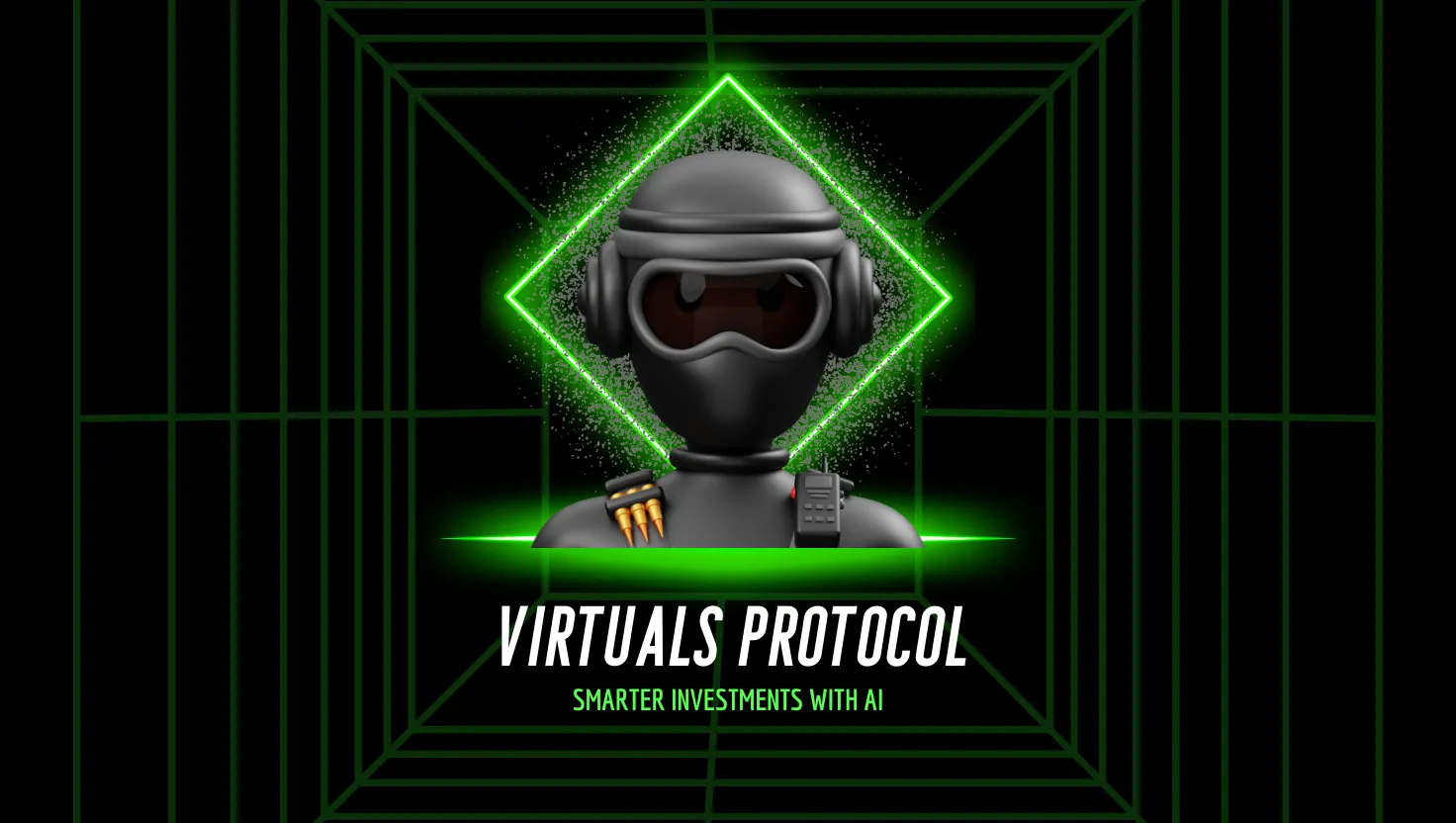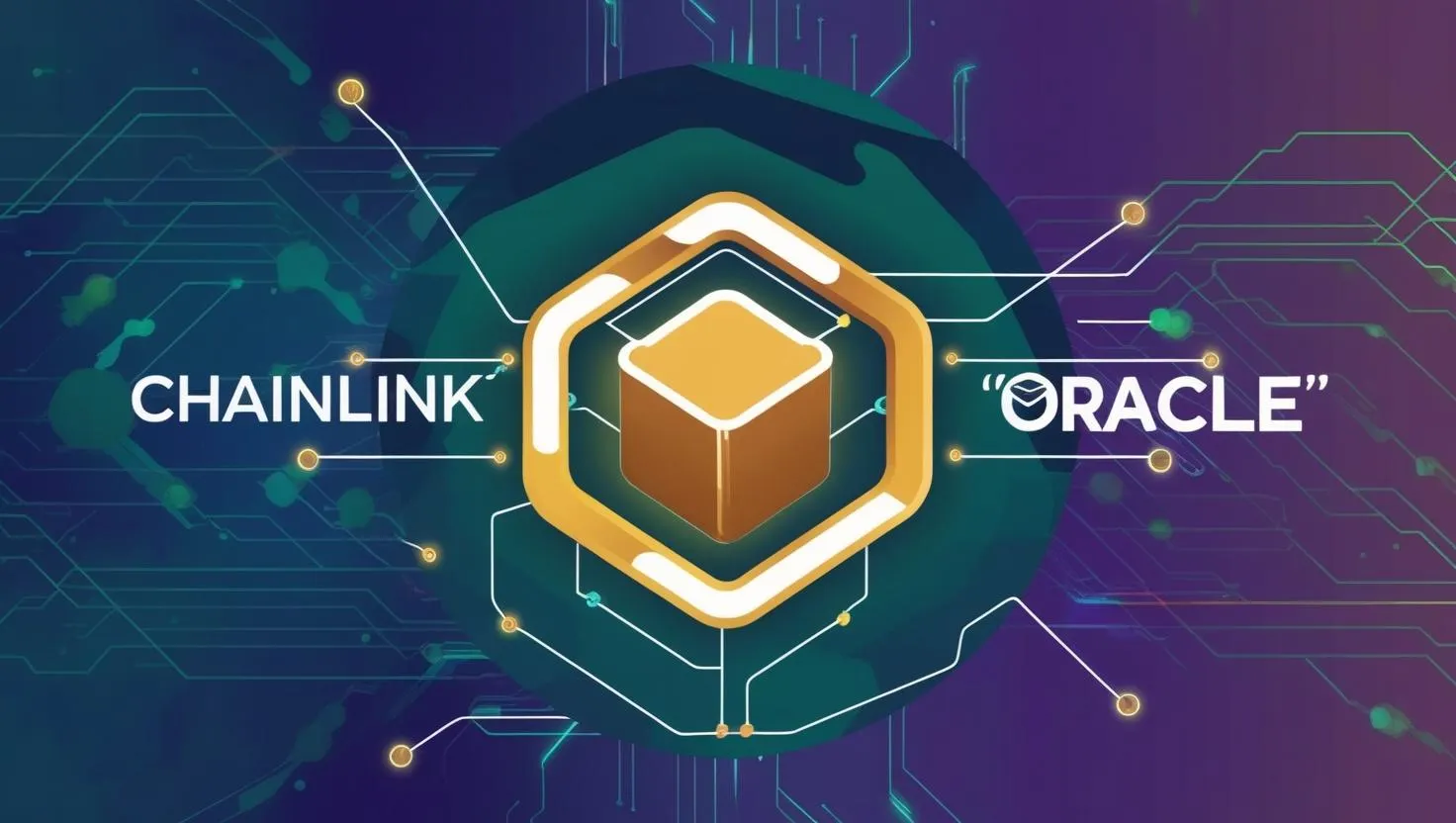Unveiling Cosmos: The Internet of Blockchains Explained
Cosmos is a decentralized ecosystem of interoperable blockchains often referred to as the "Internet of Blockchains." Its primary goal is to solve some of the biggest challenges in the blockchain space: interoperability, scalability, and sovereignty. Unlike many other blockchain platforms that aim to be a single chain hosting all applications, Cosmos is designed as a network of many independent yet interconnected blockchains, each tailored to specific use cases. Below, I’ll break down Cosmos in detail, covering its architecture, key components, native cryptocurrency (ATOM), and its broader implications.
What is Cosmos?
Cosmos is a blockchain protocol launched in 2019, created by founders Jae Kwon and Ethan Buchman in 2014 under the Tendermint project. It aims to enable different blockchains to communicate with one another seamlessly, transferring data and value without relying on centralized intermediaries. This interoperability is achieved through a hub-and-zone model, where the Cosmos Hub serves as a central point connecting various independent blockchains, called "zones." Each zone can have its own rules, governance, and consensus mechanisms while still interacting with others in the ecosystem.
The Cosmos vision is rooted in the belief that no single blockchain can meet all needs. Instead of forcing all applications onto one chain (like Ethereum), Cosmos allows developers to build sovereign blockchains optimized for their specific purposes—whether it’s decentralized finance (DeFi), gaming, or real-world asset tokenization—and connect them to a broader network.
Key Components of Cosmos
Cosmos operates using a modular architecture with three main layers—networking, consensus, and application—tied together by a suite of open-source tools. Here’s a detailed look at its core components:
- Tendermint Core
- Tendermint Core is the consensus engine that powers Cosmos. It’s a Byzantine Fault Tolerant (BFT) proof-of-stake (PoS) algorithm, meaning it can tolerate up to one-third of malicious nodes while still reaching consensus.
- It separates the consensus and networking layers from the application layer, allowing developers to focus on building their apps without reinventing the underlying blockchain infrastructure.
- Tendermint provides instant finality (transactions are confirmed immediately once a block is added) and can process thousands of transactions per second, making it highly scalable compared to proof-of-work systems like Bitcoin.
- Validators stake the native ATOM token to secure the network and earn rewards, while delegators can entrust their ATOM to validators for a share of the rewards.
Cosmos SDK
- The Cosmos Software Development Kit (SDK) is a modular framework that simplifies blockchain creation. Developers can use pre-built modules (e.g., for staking, governance, or token transfers) or customize their own to build application-specific blockchains.
- This "plug-and-play" approach drastically reduces development time—building a blockchain can take weeks or months instead of years.
- Examples of projects built with the Cosmos SDK include Binance Chain, Terra (before its collapse), and Osmosis, a decentralized exchange.
Inter-Blockchain Communication (IBC) Protocol
- IBC is the glue that ties the Cosmos ecosystem together. It’s a standardized protocol that enables secure communication and token transfers between independent blockchains (zones) connected to a hub.
- For instance, a token on one zone (say, a stablecoin) can be sent to another zone (like a DeFi platform) without needing wrapped versions or third-party bridges, as is common with Ethereum-Bitcoin interactions.
- IBC is general-purpose and modular, meaning even blockchains outside Cosmos can adopt it, though it’s most seamlessly integrated within the Cosmos ecosystem.
Cosmos Hub
- The Cosmos Hub is the first blockchain in the Cosmos network and acts as a central ledger and coordinator. It connects zones and tracks their states, facilitating interoperability.
- It’s not a mandatory hub—zones can connect to other hubs or directly to each other—but it’s the primary point of coordination today.
- The Hub uses ATOM for staking, fees, and governance, and it’s secured by validators who stake ATOM to participate in consensus.
Zones
- Zones are the independent blockchains built using the Cosmos SDK and connected via IBC. Each zone operates its own validators, governance, and token (though it can use ATOM or issue its own).
- This sovereignty allows zones to tailor their performance, security, and rules to specific needs, unlike Ethereum, where all dApps share the same chain and compete for resources.
The ATOM Cryptocurrency
ATOM is the native token of the Cosmos Hub and plays several critical roles:
- Staking: Validators and delegators stake ATOM to secure the network and earn rewards. The top 180+ validators (based on staked ATOM) process transactions, with voting power proportional to their stake. Annual staking rewards typically range from 8% to 10%, though this varies with network conditions.
- Transaction Fees: ATOM is used to pay fees on the Cosmos Hub, acting as a spam-prevention mechanism (similar to Ethereum’s gas).
- Governance: ATOM holders can vote on proposals to upgrade the network, adjust parameters, or fund development. This gives the community direct influence over Cosmos’ evolution.
- Value Proposition: While ATOM isn’t required for transactions on all zones (many use their own tokens), its value is tied to the Hub’s role as a key interoperability layer. As more zones connect and rely on the Hub, demand for ATOM could grow.
Unlike some cryptocurrencies (e.g., Bitcoin as a store of value or ETH as a utility token for dApps), ATOM’s value is more speculative and tied to the adoption of the Cosmos ecosystem rather than direct usage in all transactions.
How Cosmos Works
Here’s a simplified example of Cosmos in action:
- A developer builds a blockchain (Zone A) for a DeFi app using the Cosmos SDK and Tendermint Core.
- Another developer creates Zone B for a gaming platform.
- Both zones connect to the Cosmos Hub via IBC.
- A user on Zone A sends a token to Zone B to buy an in-game asset. The Hub facilitates this transfer by verifying and routing the transaction.
- Validators on the Hub, staking ATOM, secure the process, while each zone maintains its own sovereignty and security.
This hub-and-zone model contrasts with Ethereum’s single-chain approach or Polkadot’s shared-security model (where parachains rely on a central relay chain’s validators). Cosmos prioritizes flexibility—zones don’t have to share security or conform to one consensus mechanism.
Strengths of Cosmos
- Interoperability: IBC allows seamless communication between blockchains, solving a major pain point in the crypto world (e.g., Bitcoin and Ethereum can’t natively interact).
- Scalability: Each zone adds its own capacity, avoiding the congestion seen on single-chain networks like Ethereum.
- Sovereignty: Developers control their blockchains’ rules and security, fostering innovation.
- Developer-Friendly: The SDK and Tendermint make blockchain creation accessible, attracting projects like Crypto.com, Kava, and Osmosis.
- Energy Efficiency: PoS is far less energy-intensive than proof-of-work.
Challenges and Criticisms
- Fee Structure: Unlike Ethereum, where ETH captures fees from all dApps, ATOM isn’t used for fees on most zones, potentially limiting its value capture.
- Competition: Polkadot, Avalanche, and Layer-2 solutions like Arbitrum also tackle interoperability and scalability, vying for the same developers and users.
- Adoption Risk: Cosmos’ success depends on widespread use of its hubs and IBC. If zones opt for other interoperability solutions, ATOM’s utility could wane.
- Decentralization: While decentralized, the reliance on a small number of validators (top 180+) raises questions about centralization risks compared to Bitcoin’s broader mining network.
Ecosystem and Adoption
As of March 23, 2025, the Cosmos ecosystem includes over 260 apps and services, securing billions in digital assets (e.g., BNB, CRO, and LUNA before its collapse). Notable projects include:
- Osmosis: A decentralized exchange using IBC for cross-chain swaps.
- Terra: A stablecoin platform (pre-2022 crash) built on Cosmos.
- Binance Chain: Leverages Cosmos tech for scalability.
- Crypto.com runs its chain on Cosmos for fast, low-cost transactions.
The ecosystem’s total value locked (TVL) has fluctuated but remains significant, often second only to Ethereum among interoperable networks.
Broader Implications
Cosmos represents a shift from the "one blockchain to rule them all" mindset. By enabling a network of specialized chains, it could foster a more diverse, efficient Web3 landscape. If successful, it might:
- Reduce reliance on centralized bridges, which are frequent targets for hacks.
- Enable niche blockchains (e.g., for gaming, AI, or real-world assets) to thrive alongside giants like Bitcoin and Ethereum.
- Serve as a foundational layer for a truly interconnected blockchain internet.
Conclusion
Cosmos is a pioneering project that reimagines blockchain architecture. Its combination of Tendermint, the Cosmos SDK, and IBC offers a compelling solution to interoperability and scalability, while ATOM incentivizes participation and governance. However, its long-term success hinges on adoption and competition. For now, it’s a standout player in the evolving world of decentralized tech, appealing to developers and investors who believe in a multi-chain future. As of today, March 23, 2025, Cosmos continues to grow, adapt, and challenge the status quo of blockchain design.

